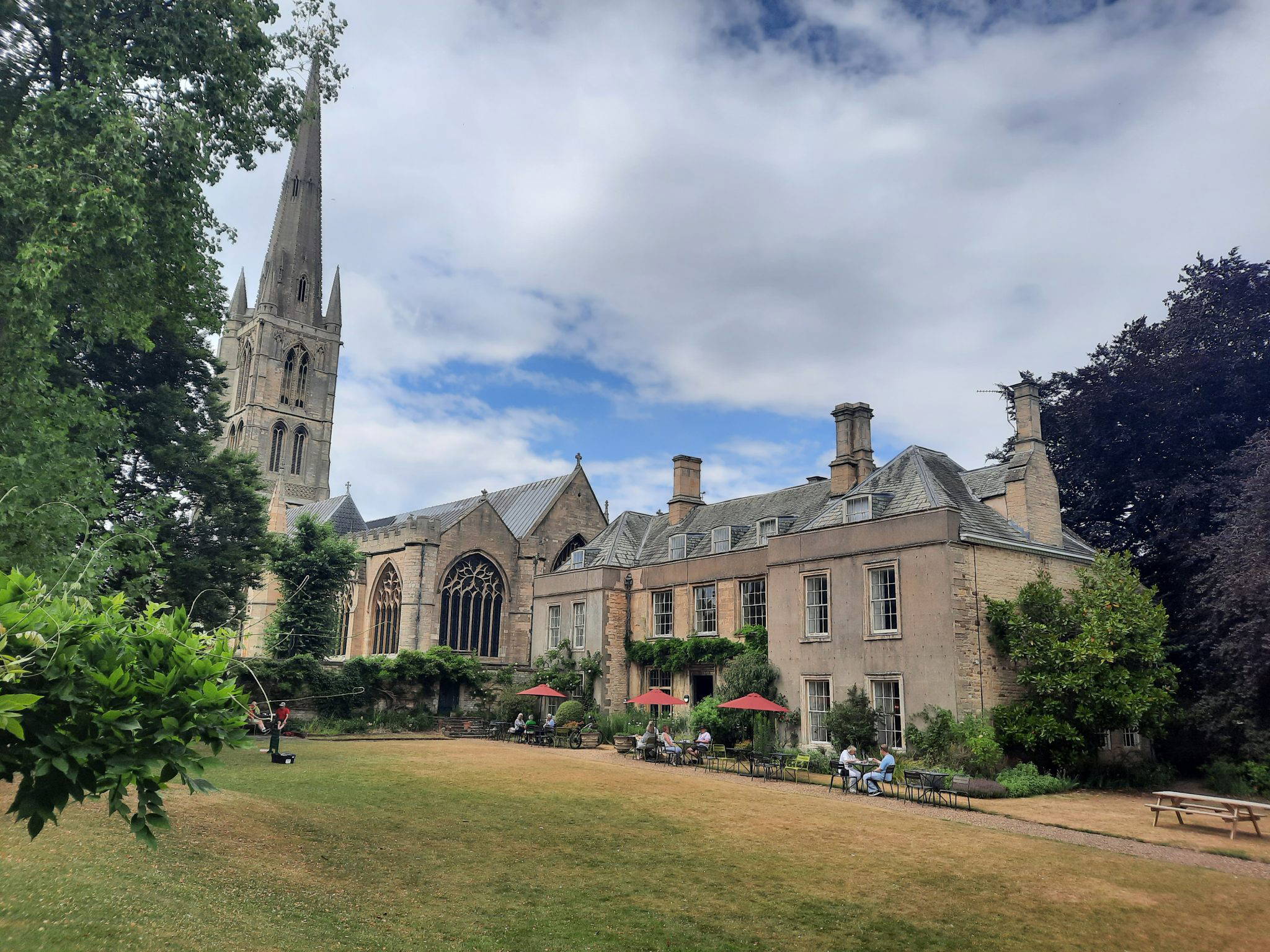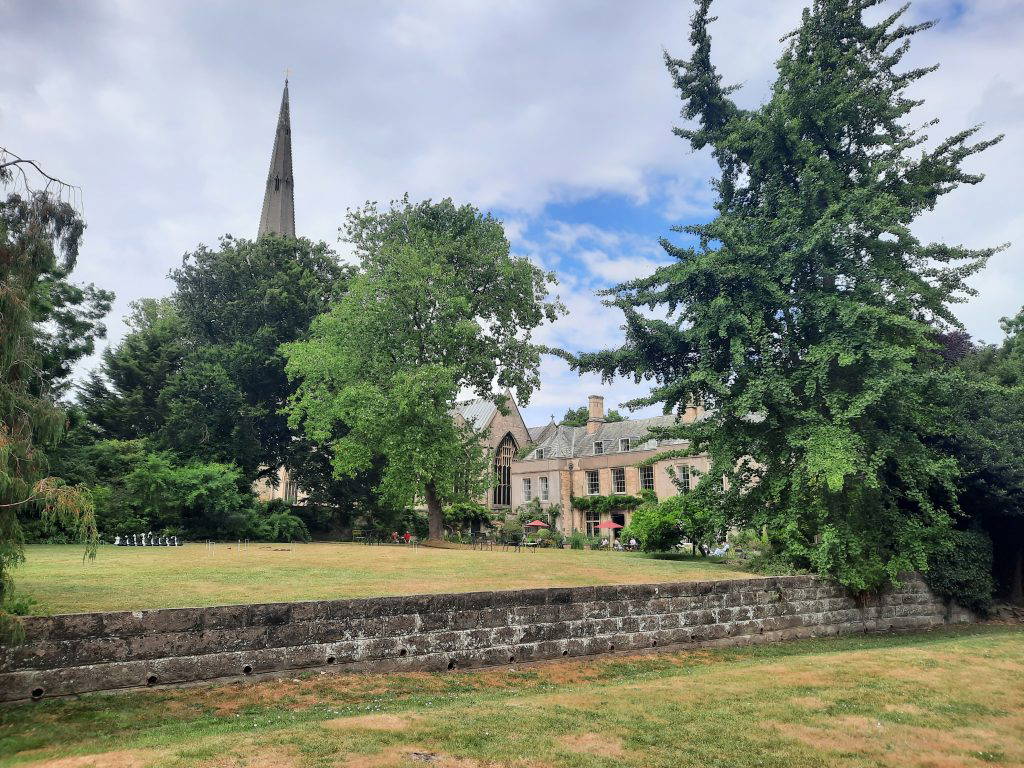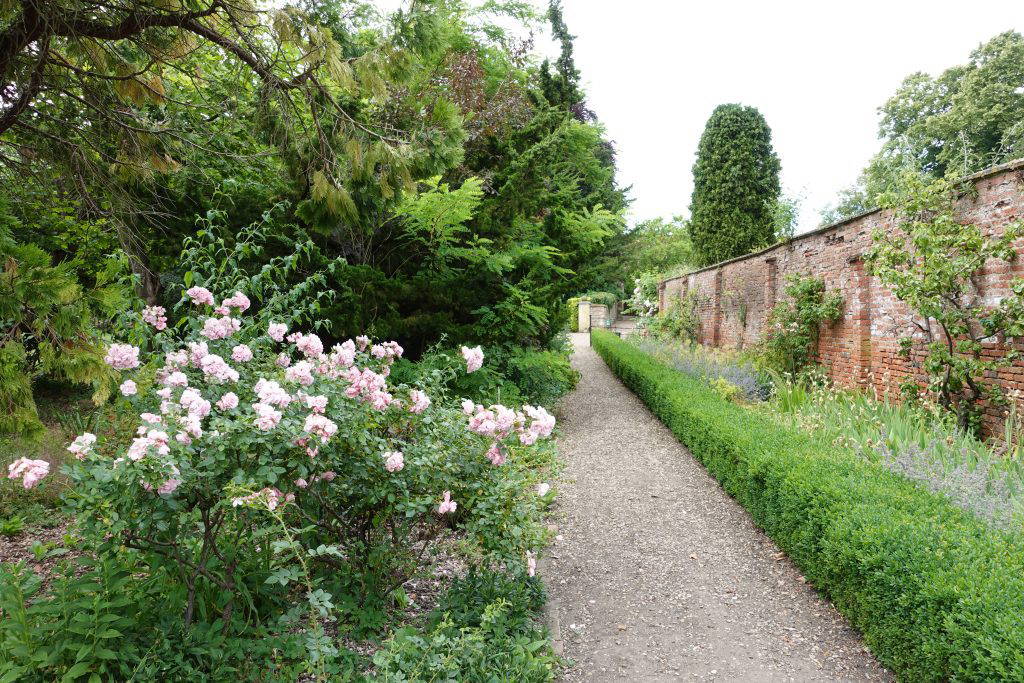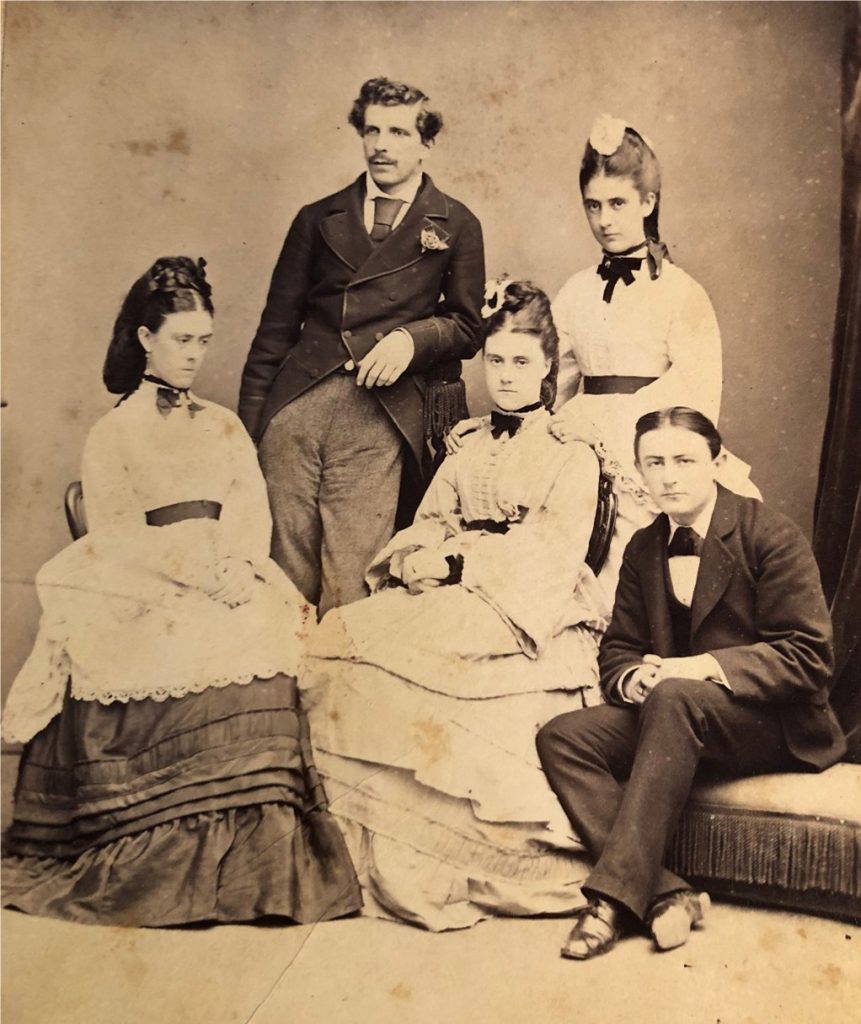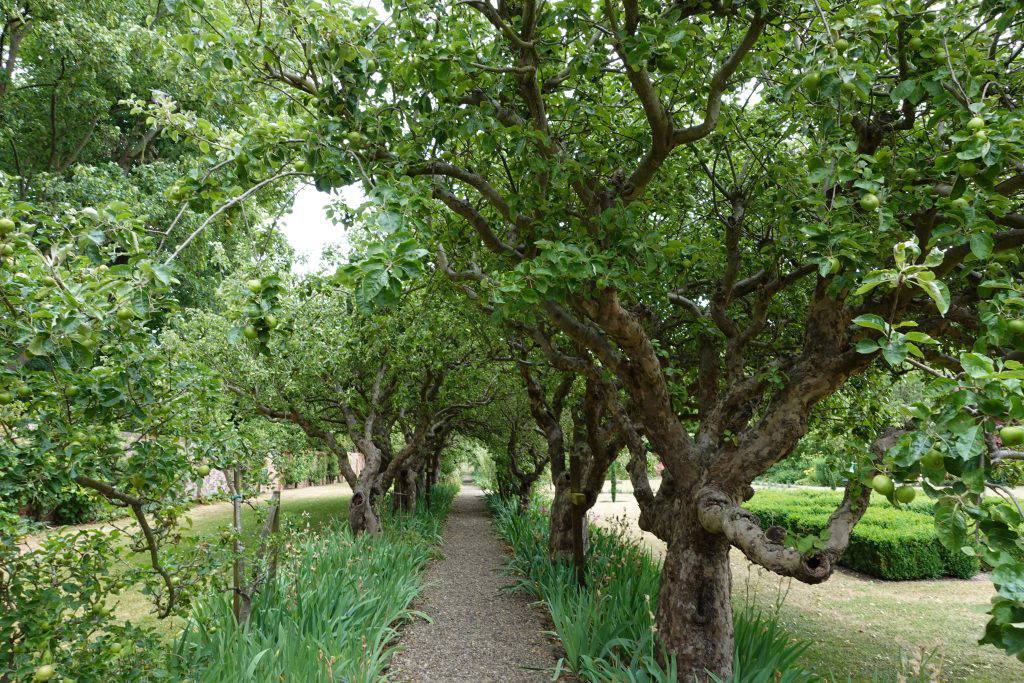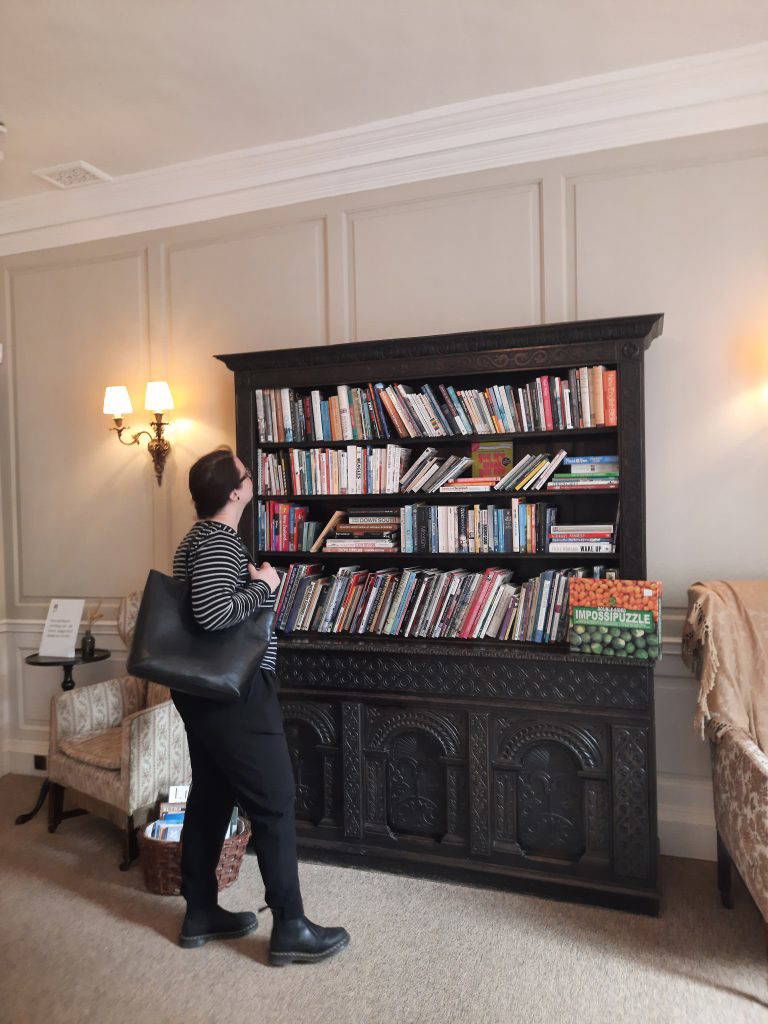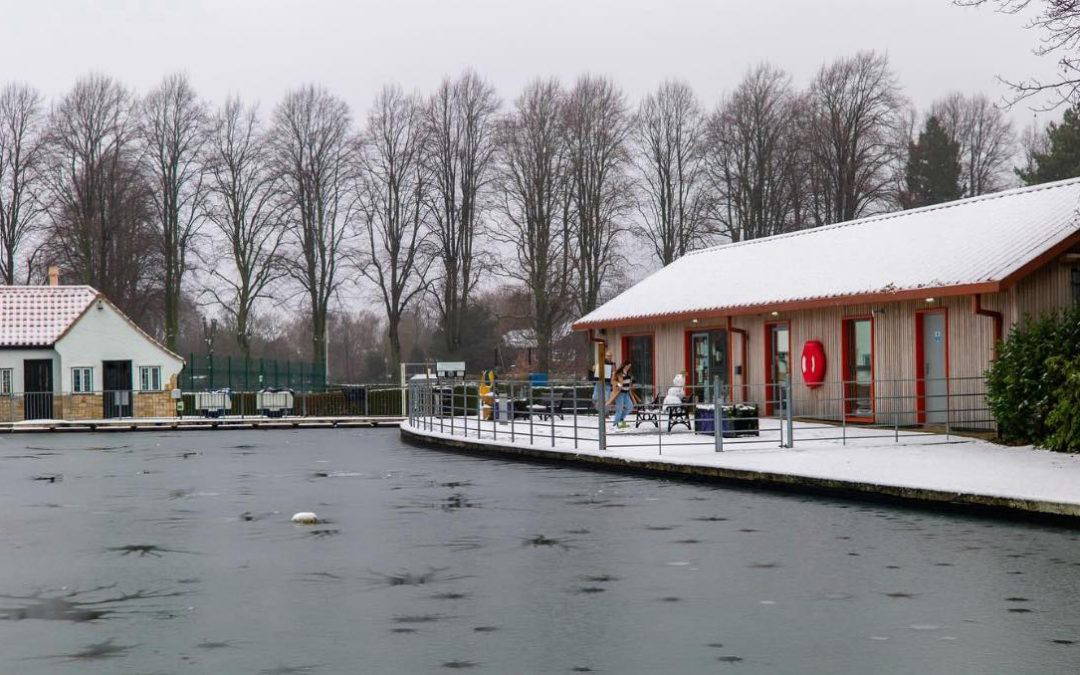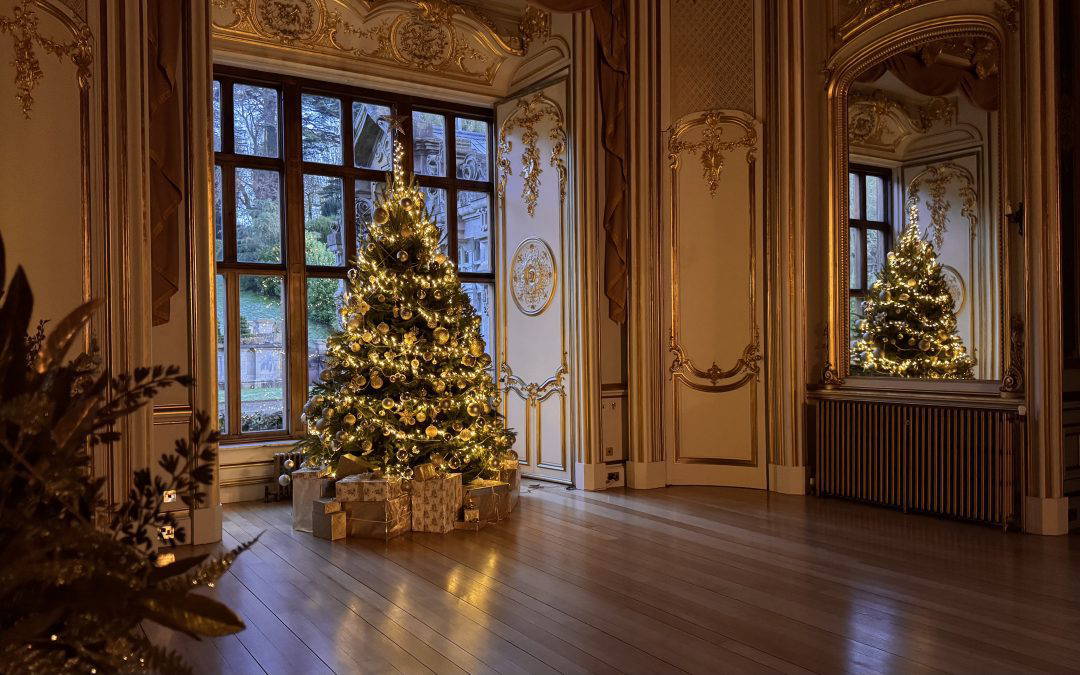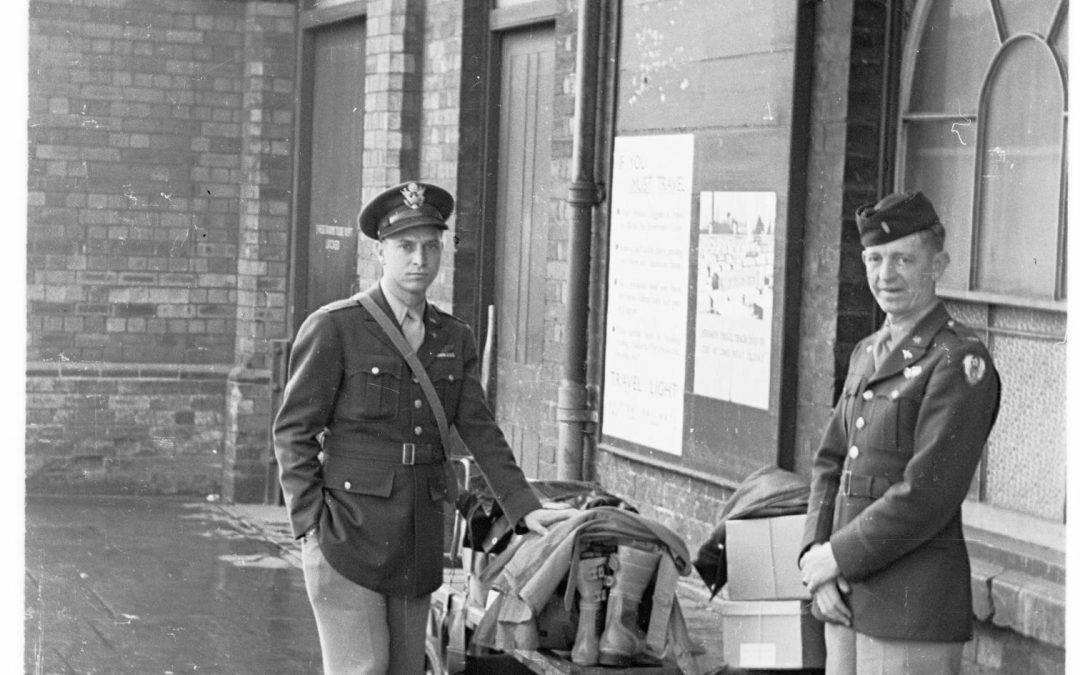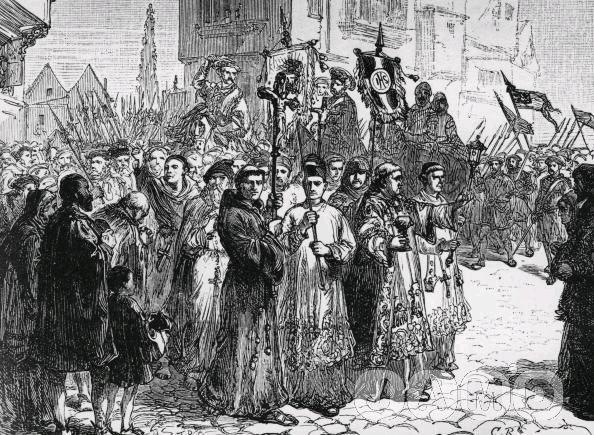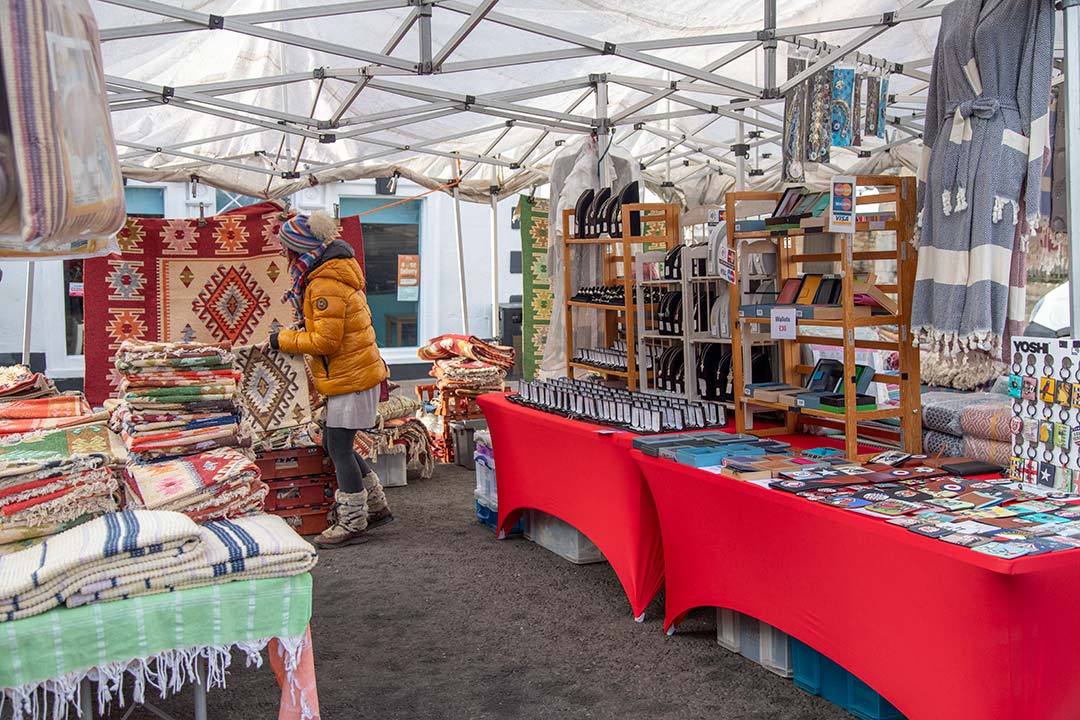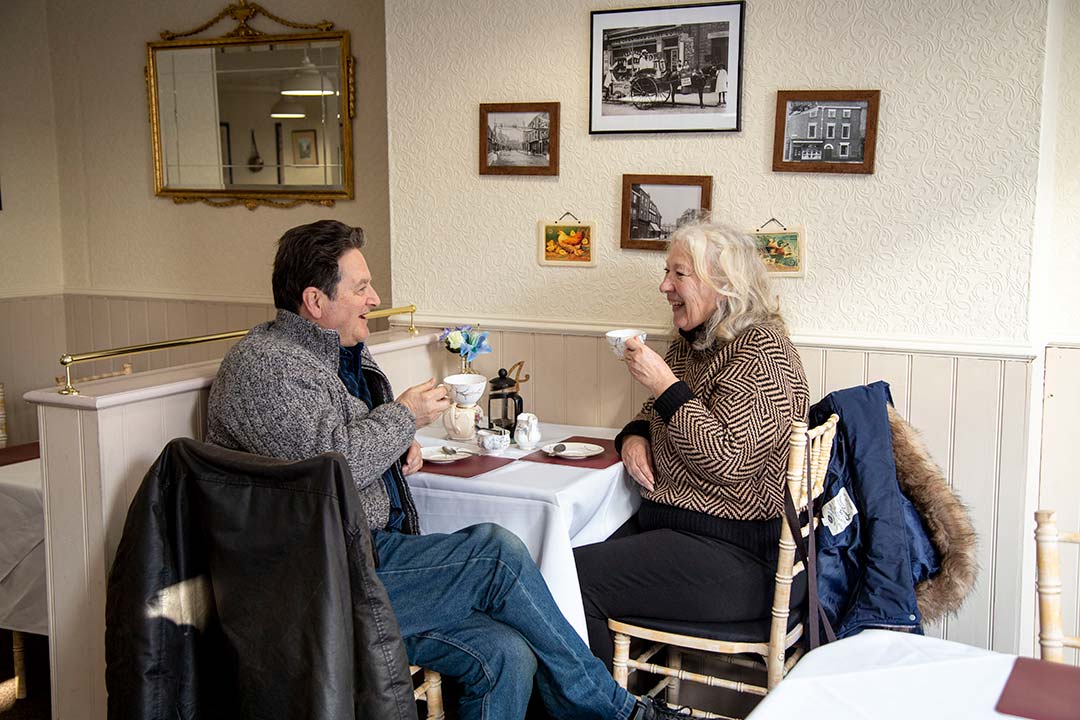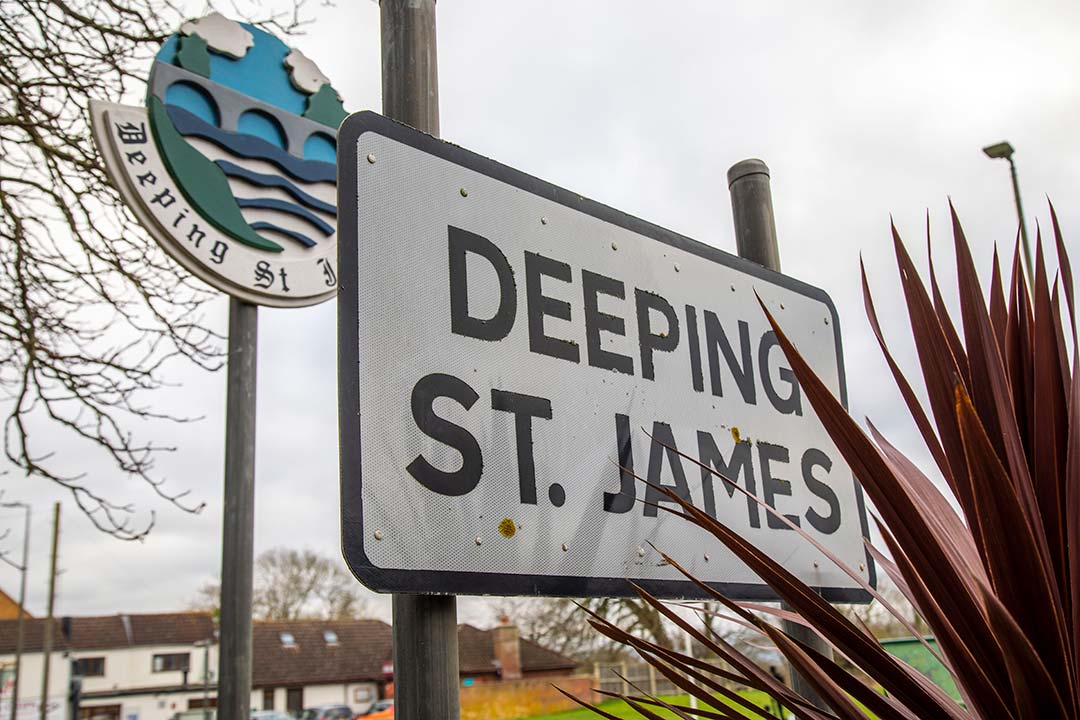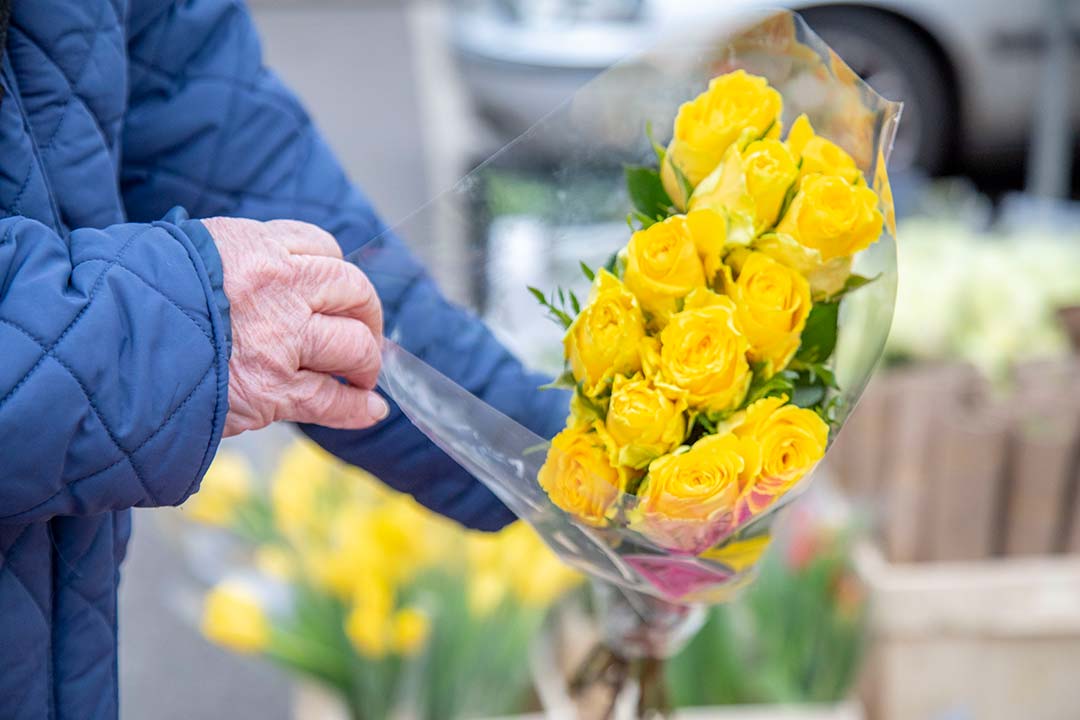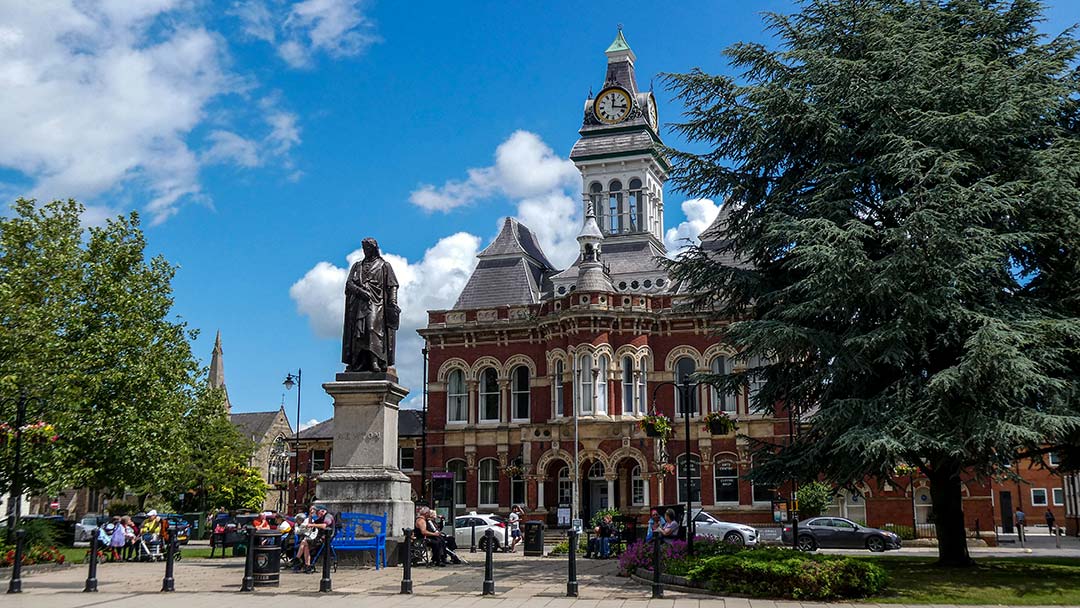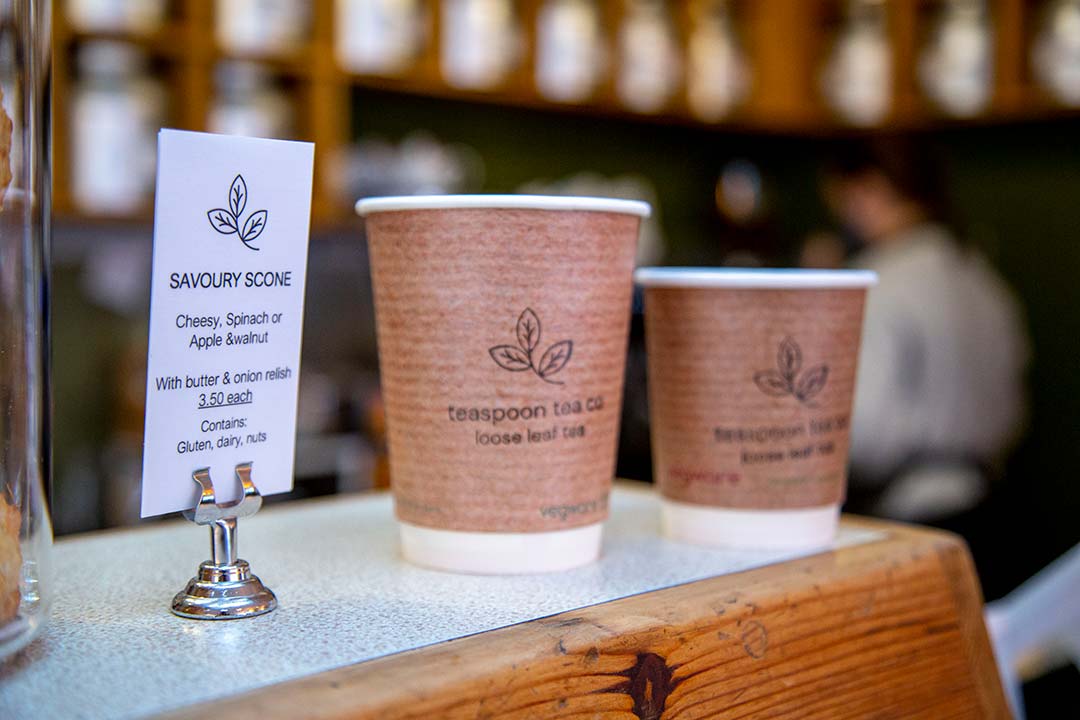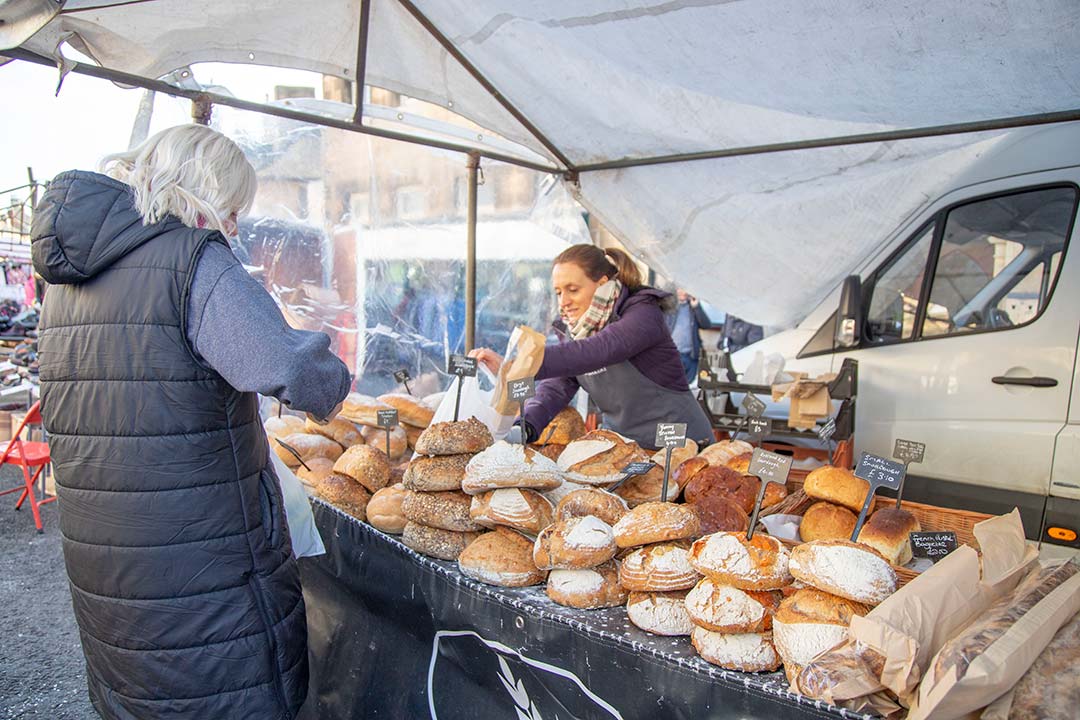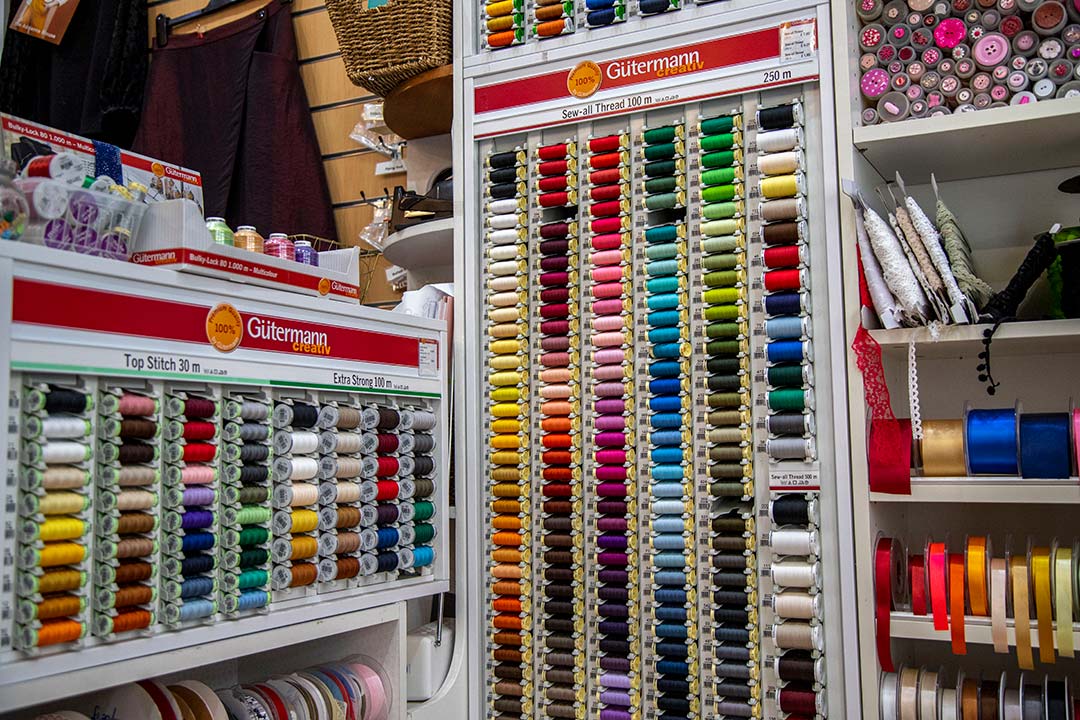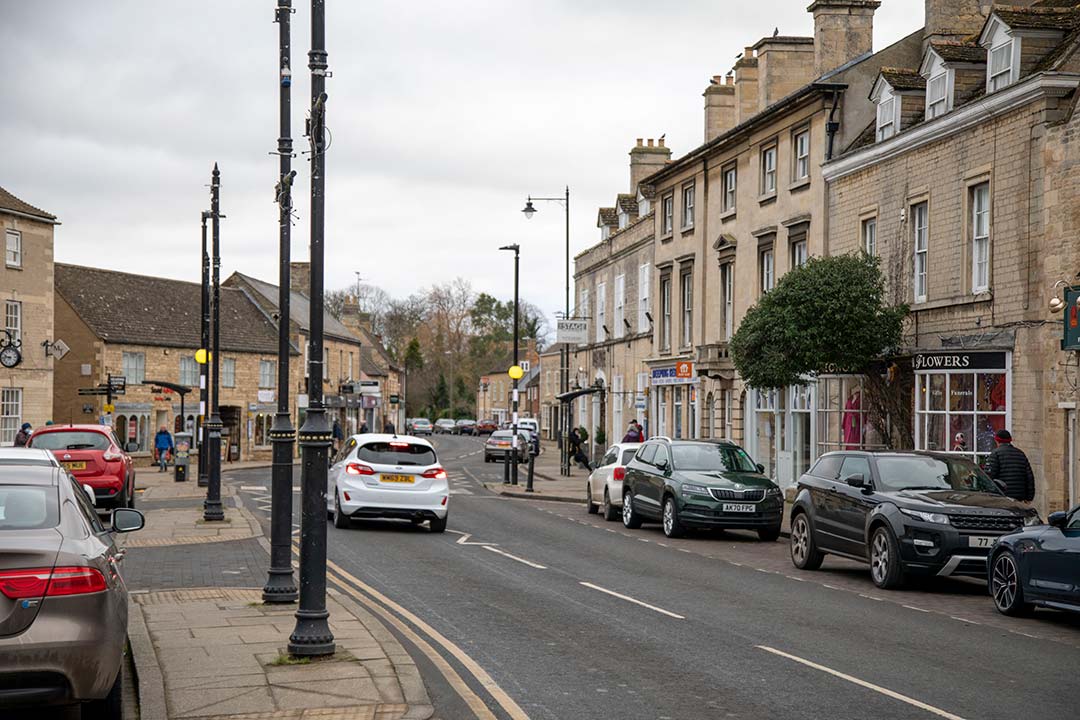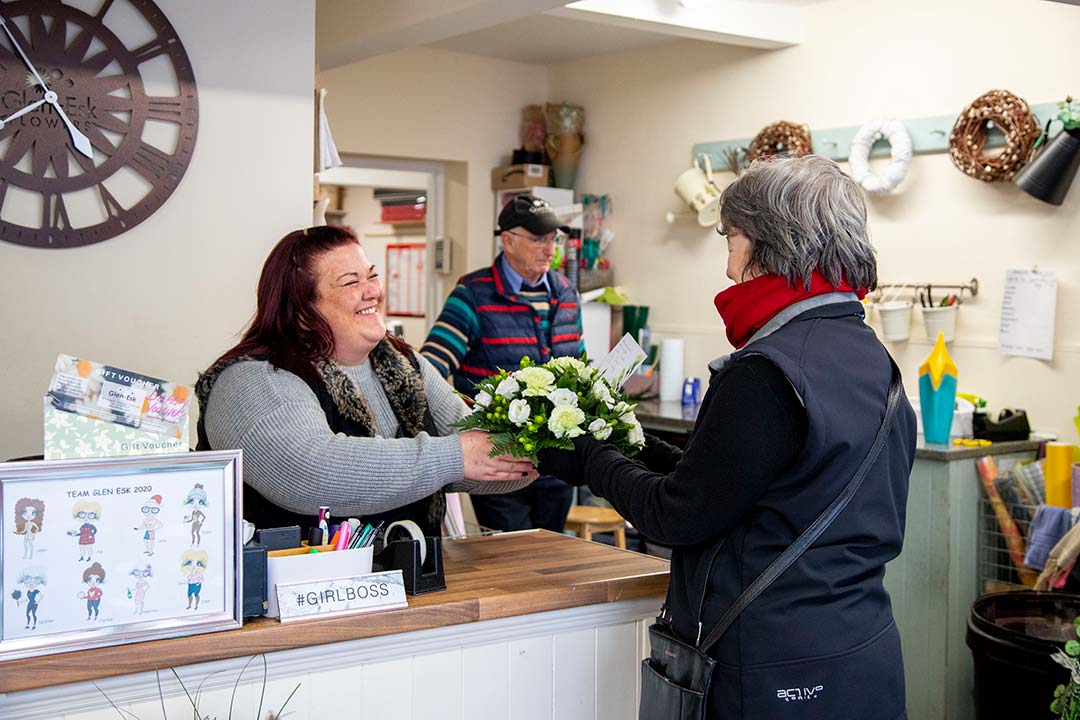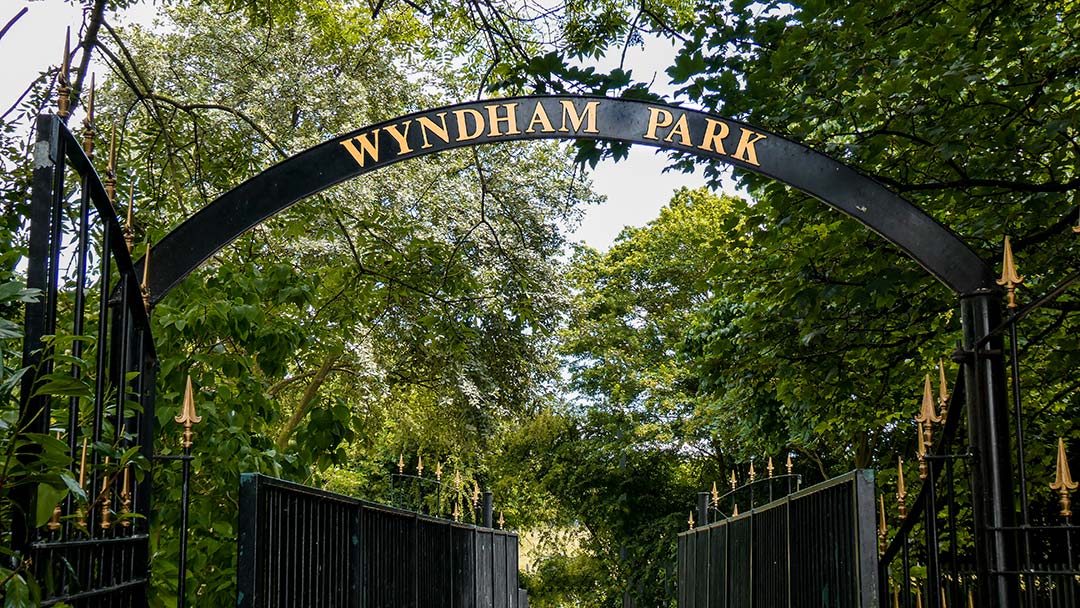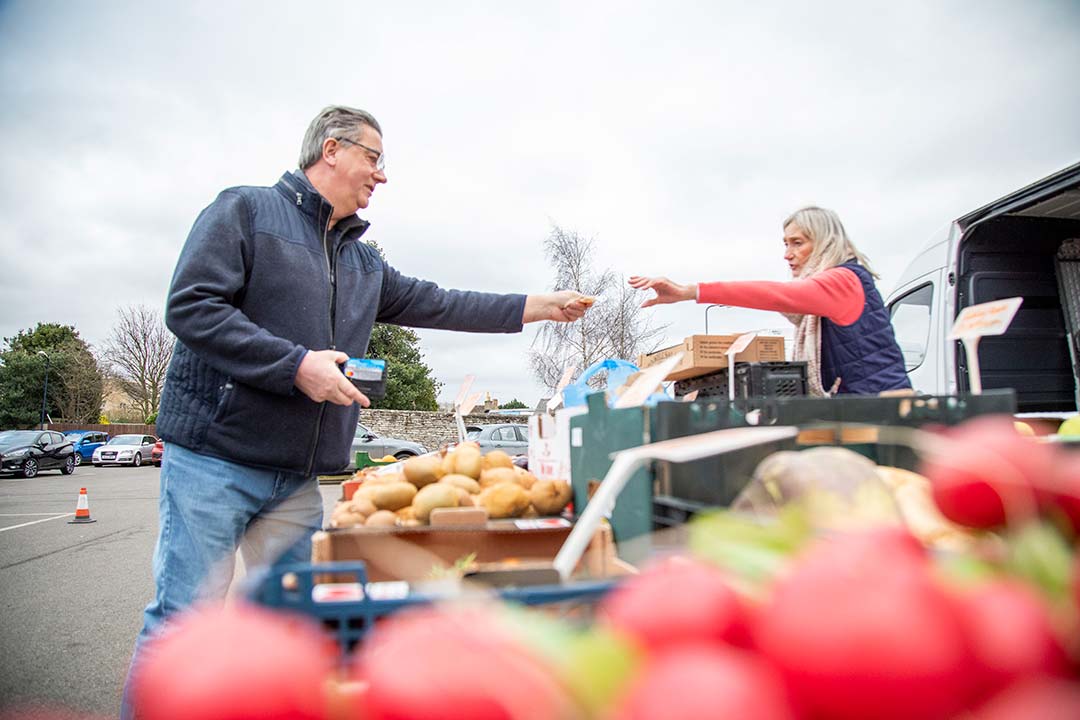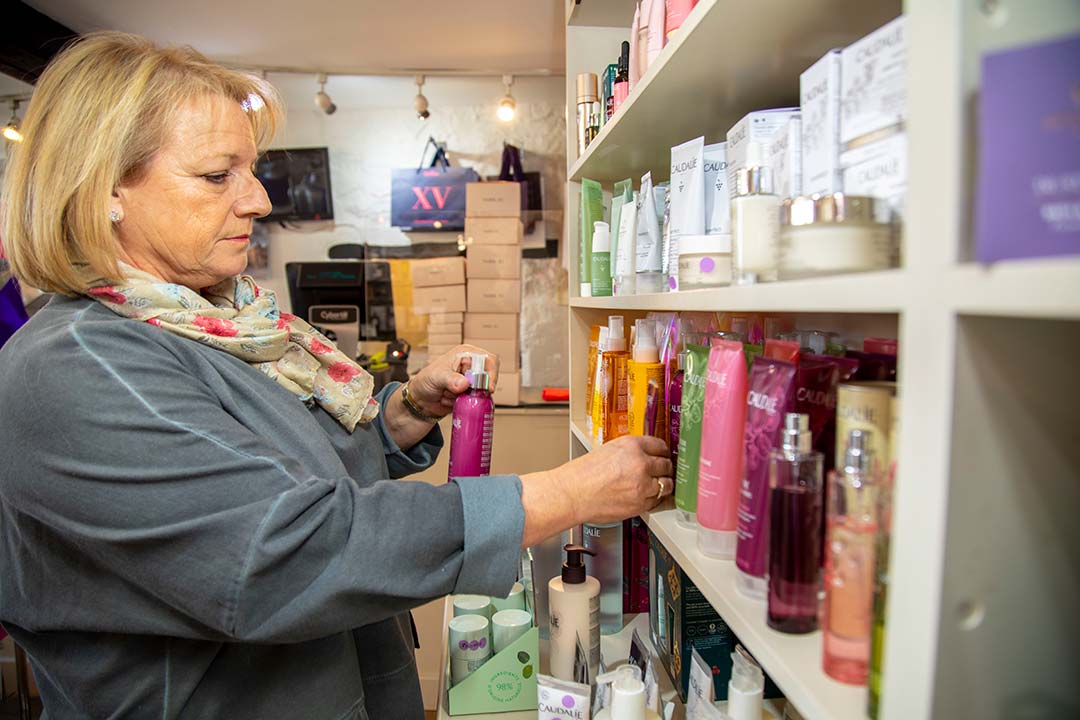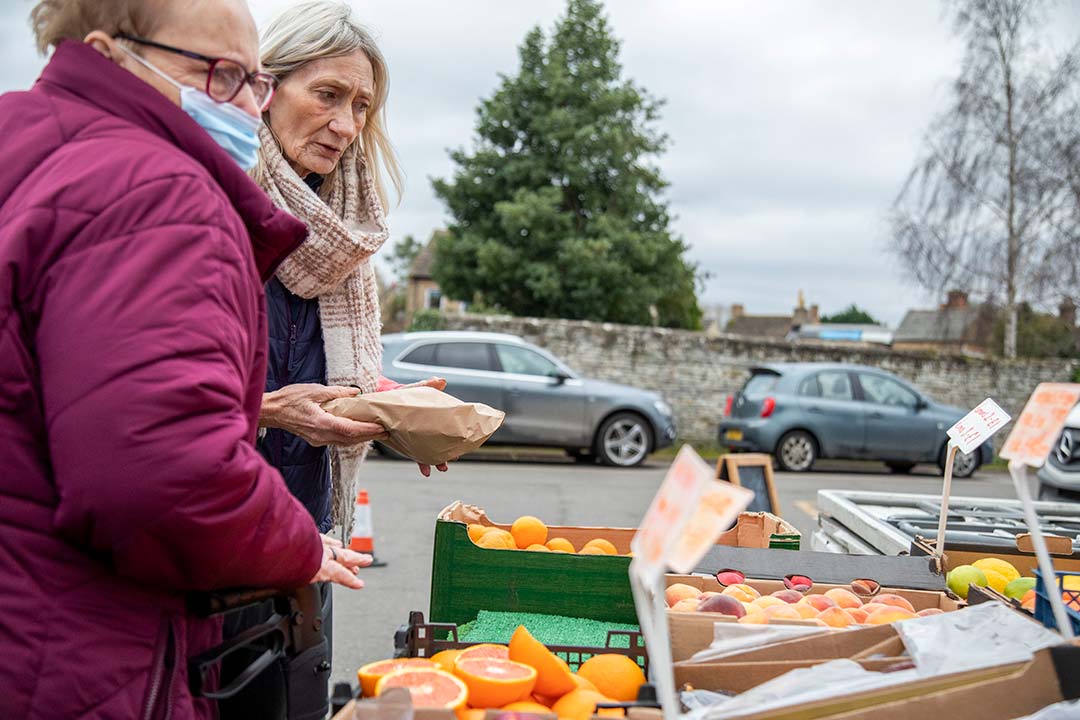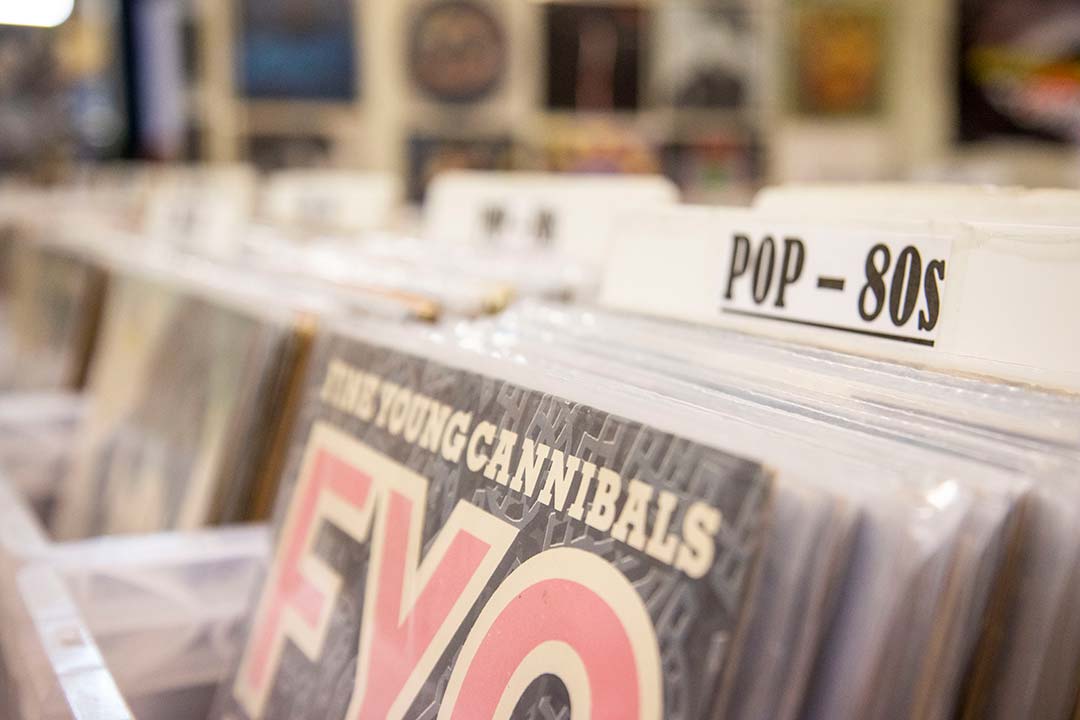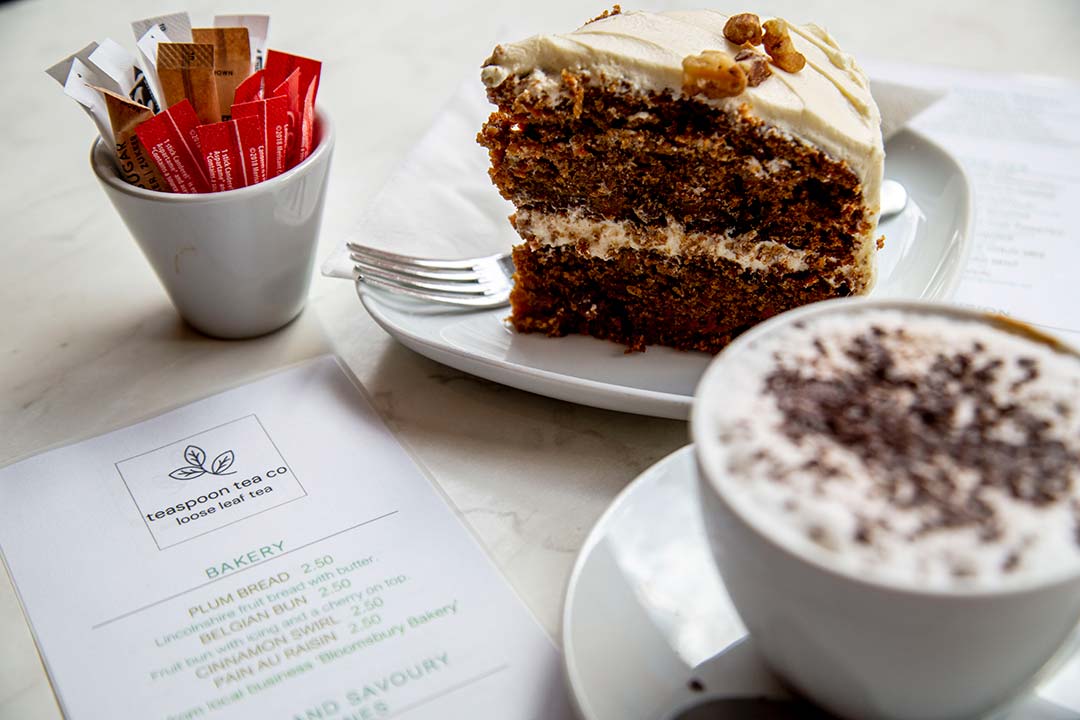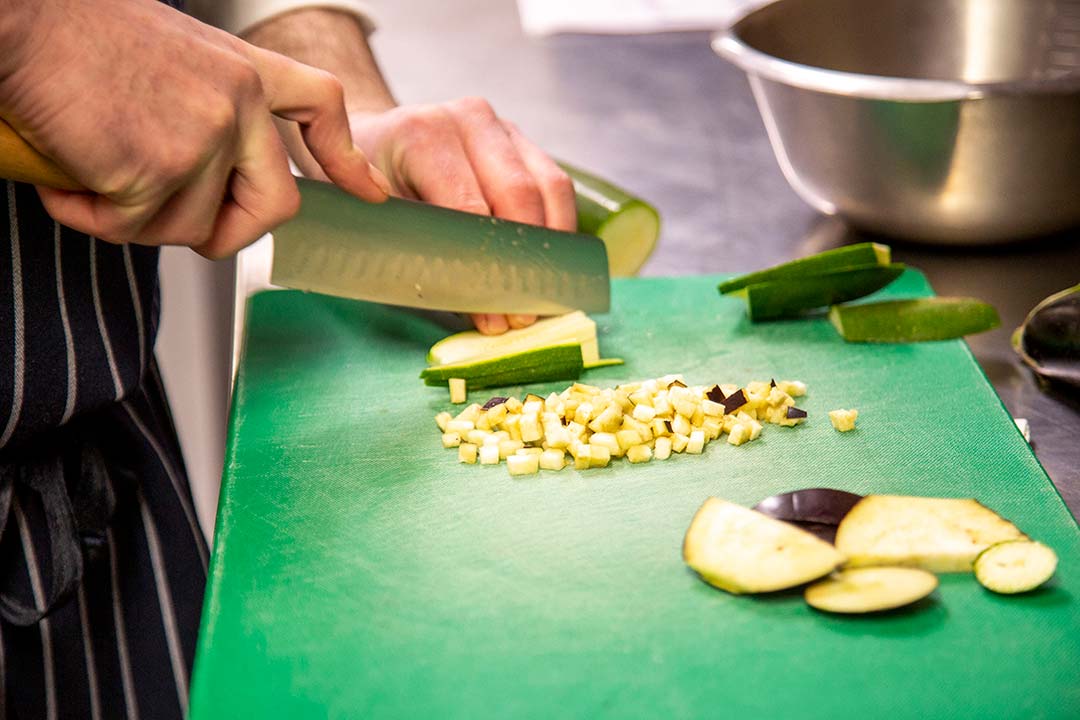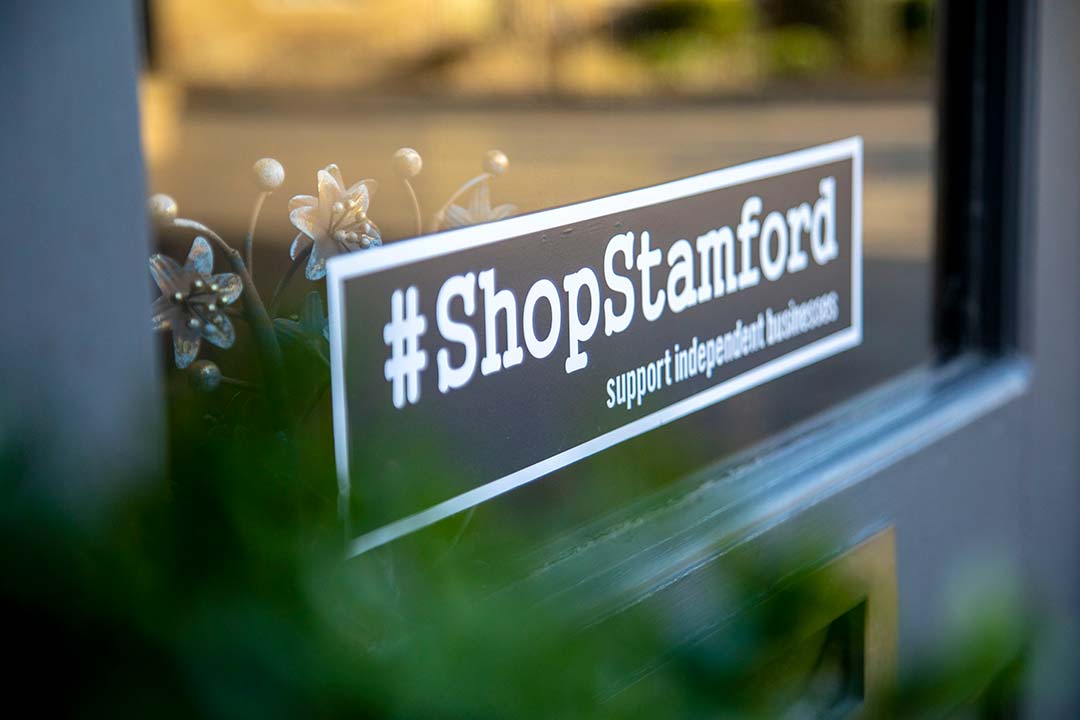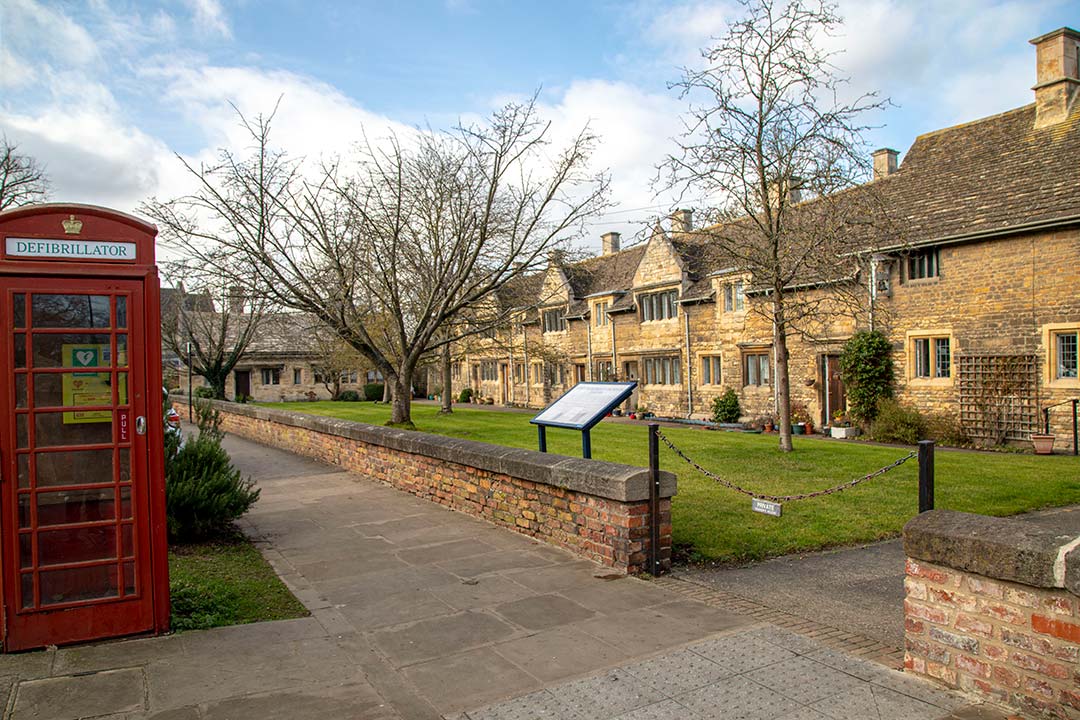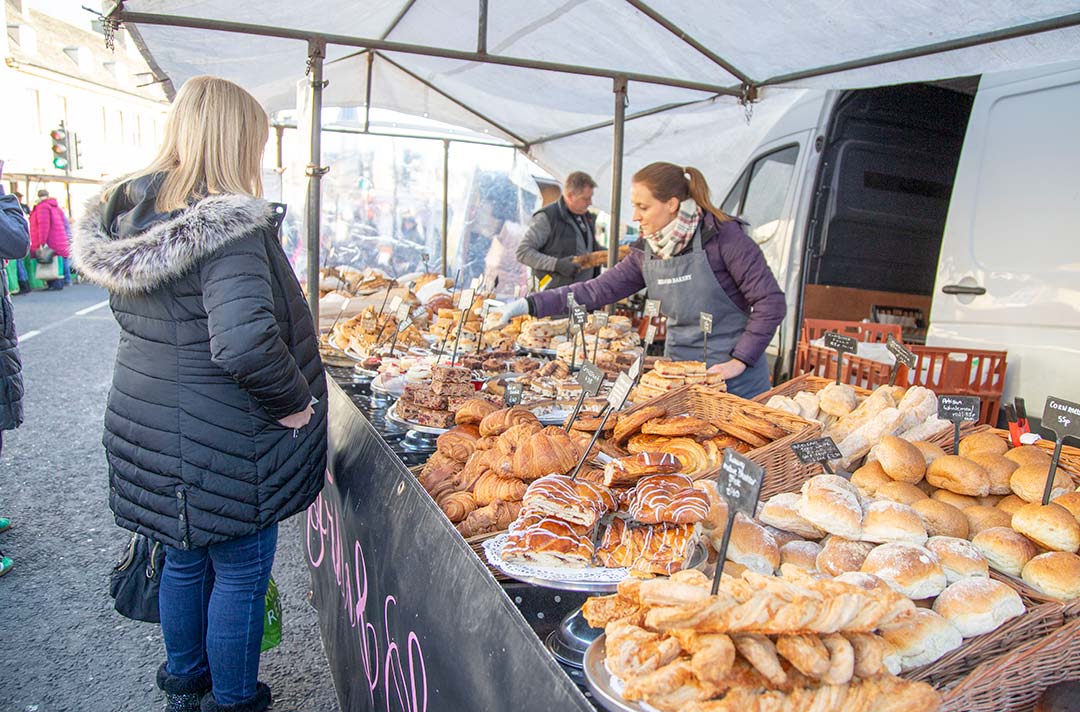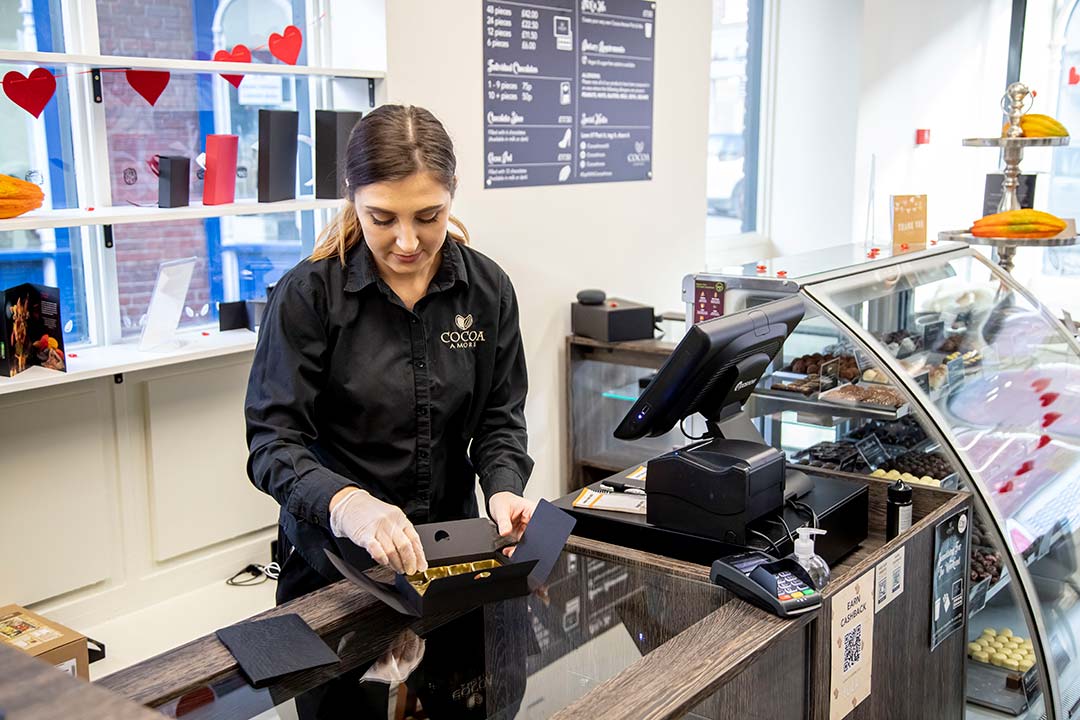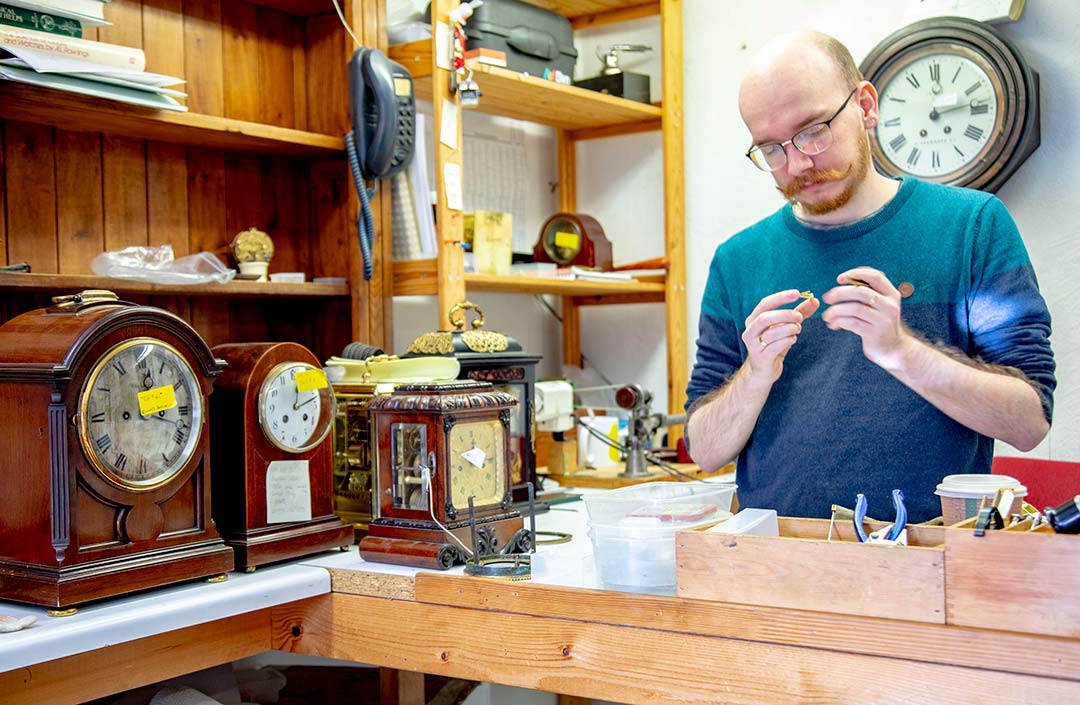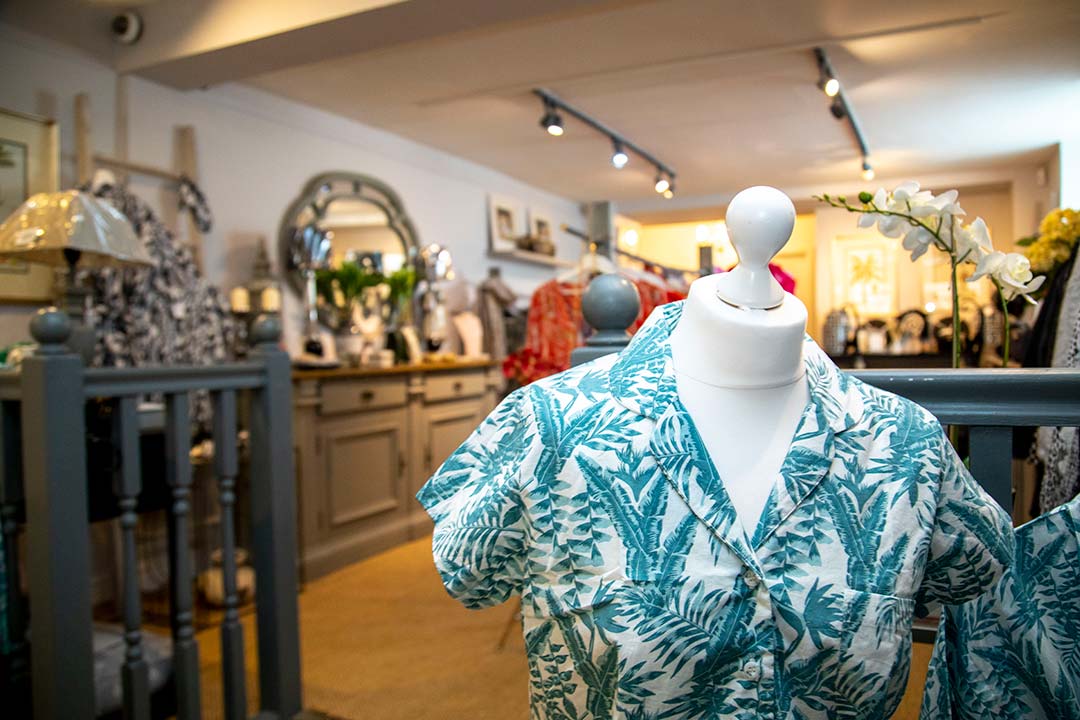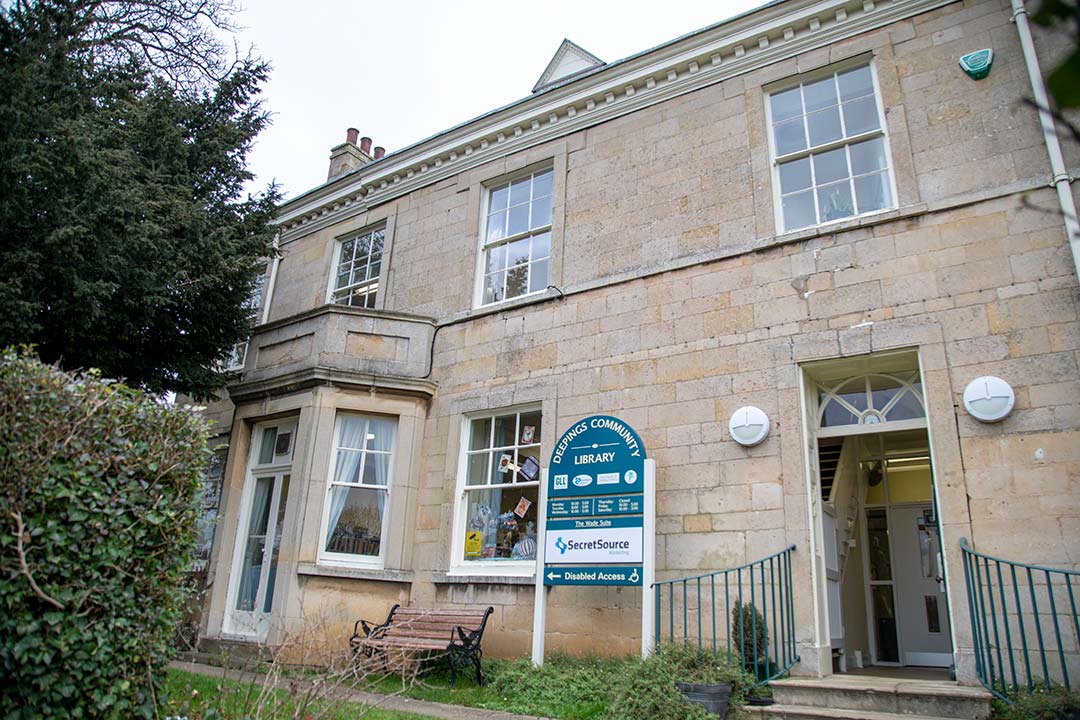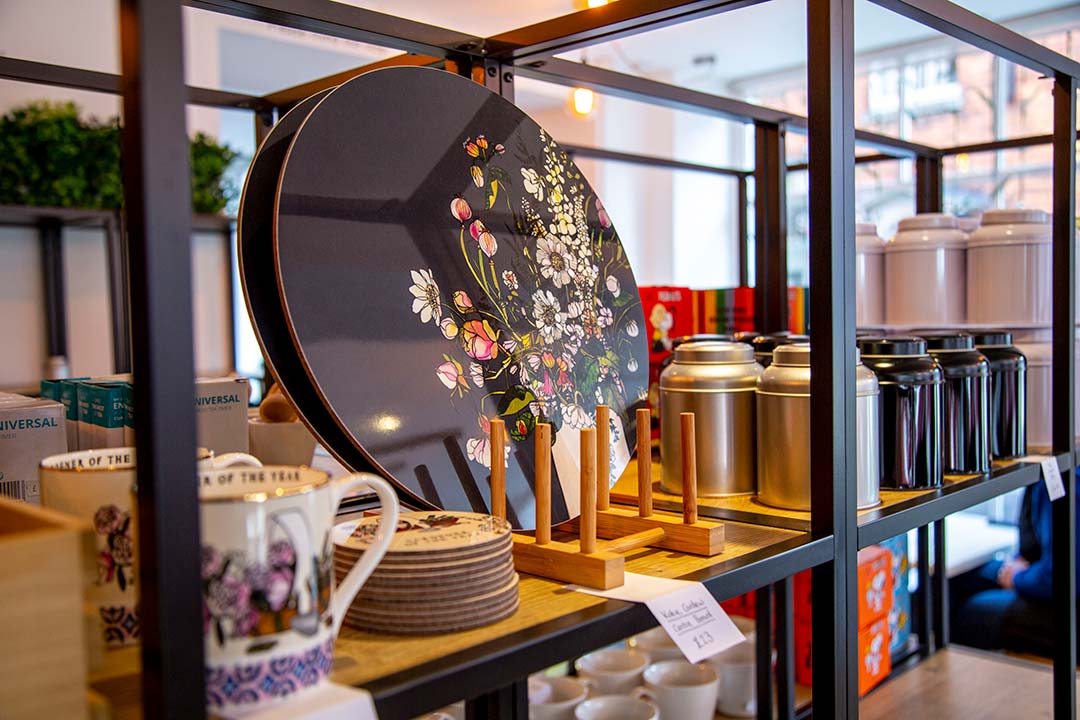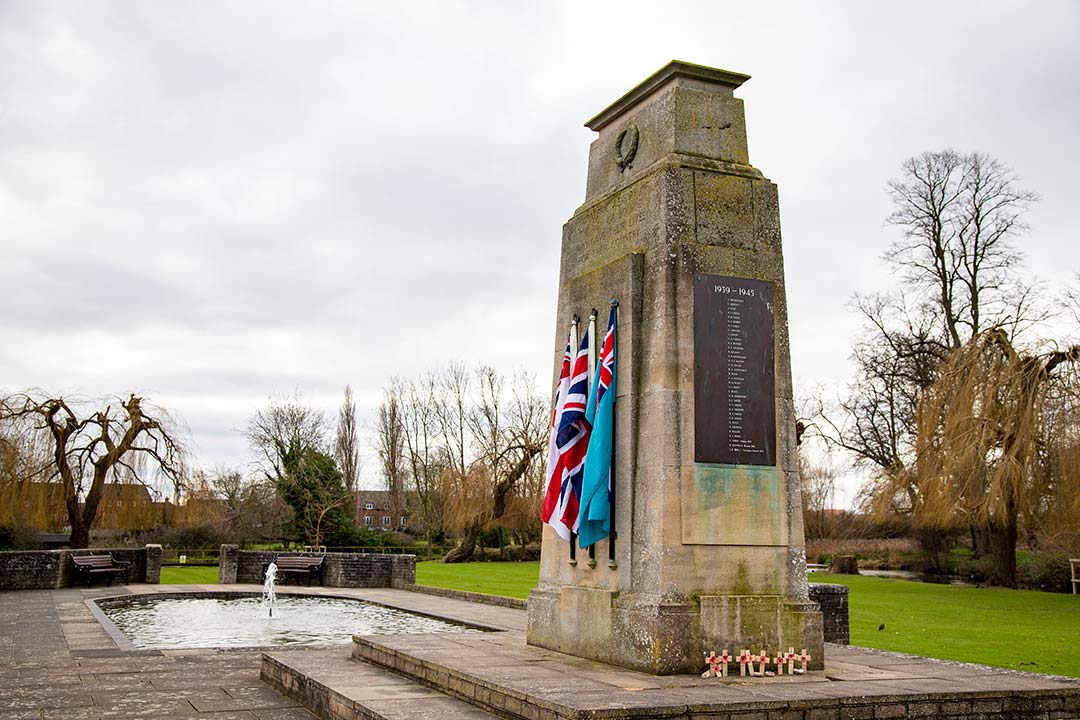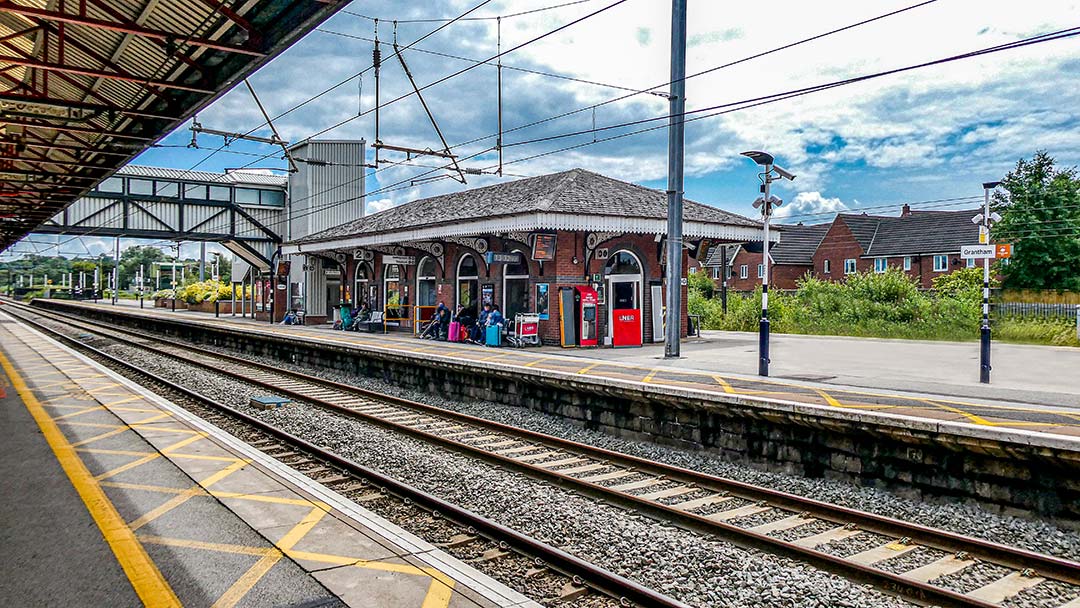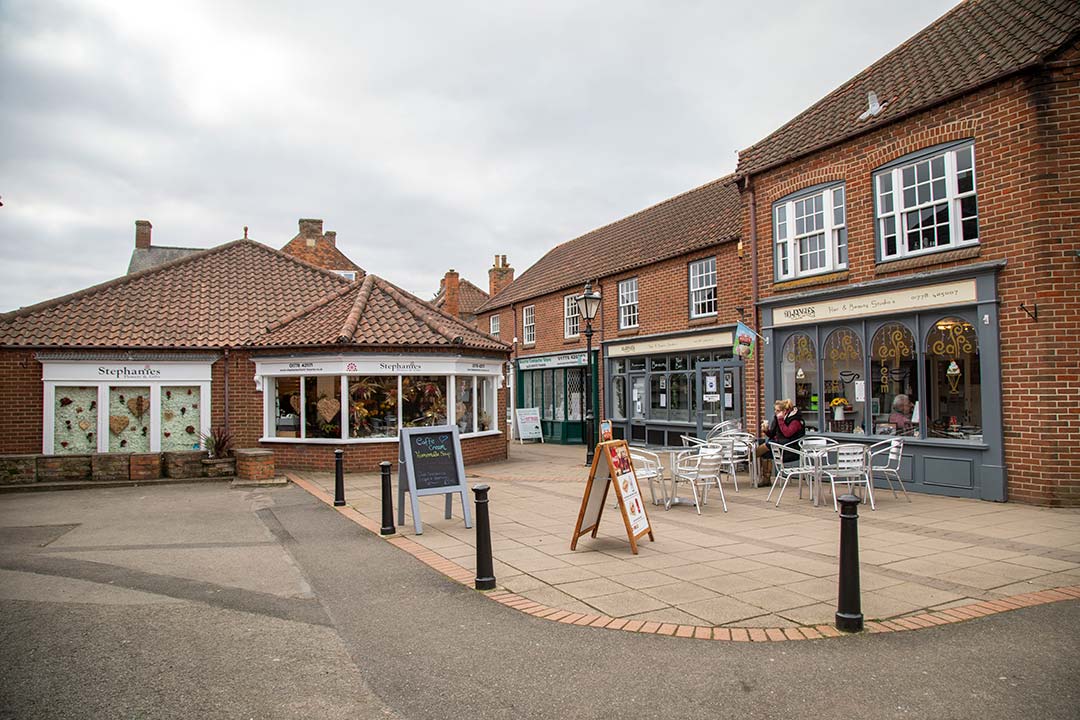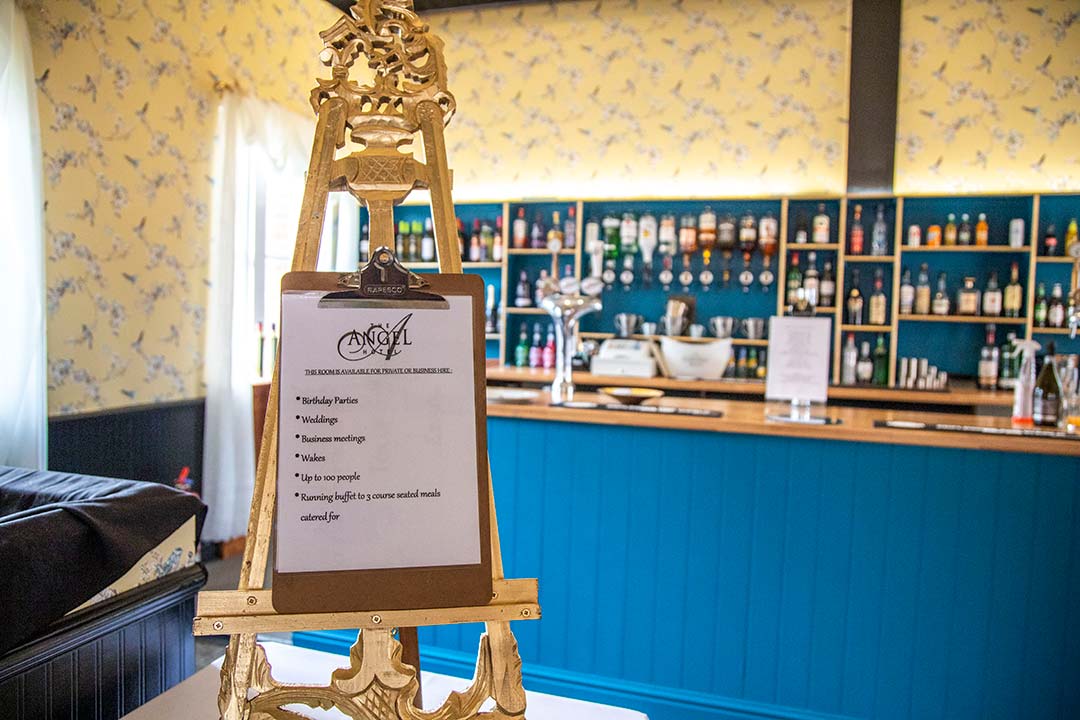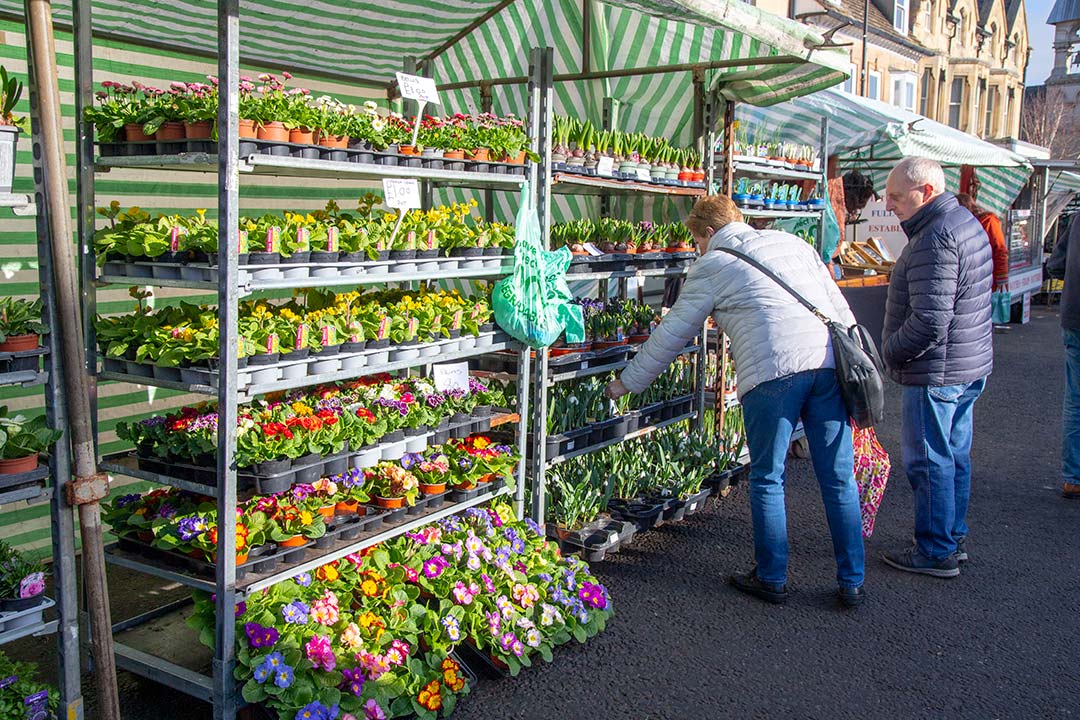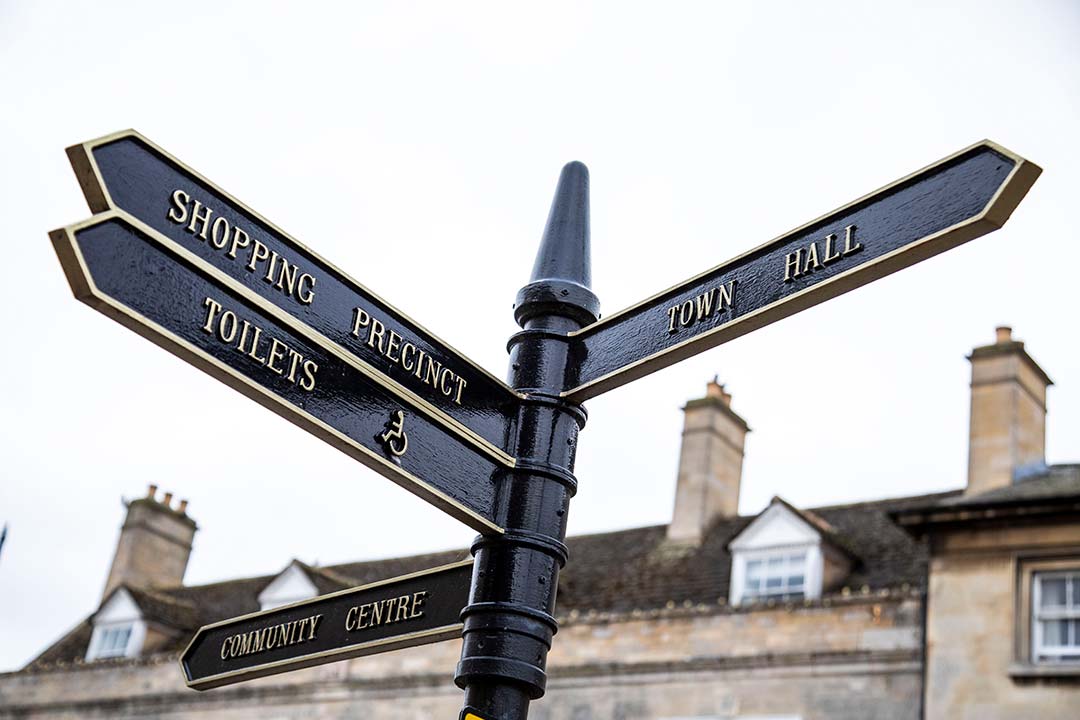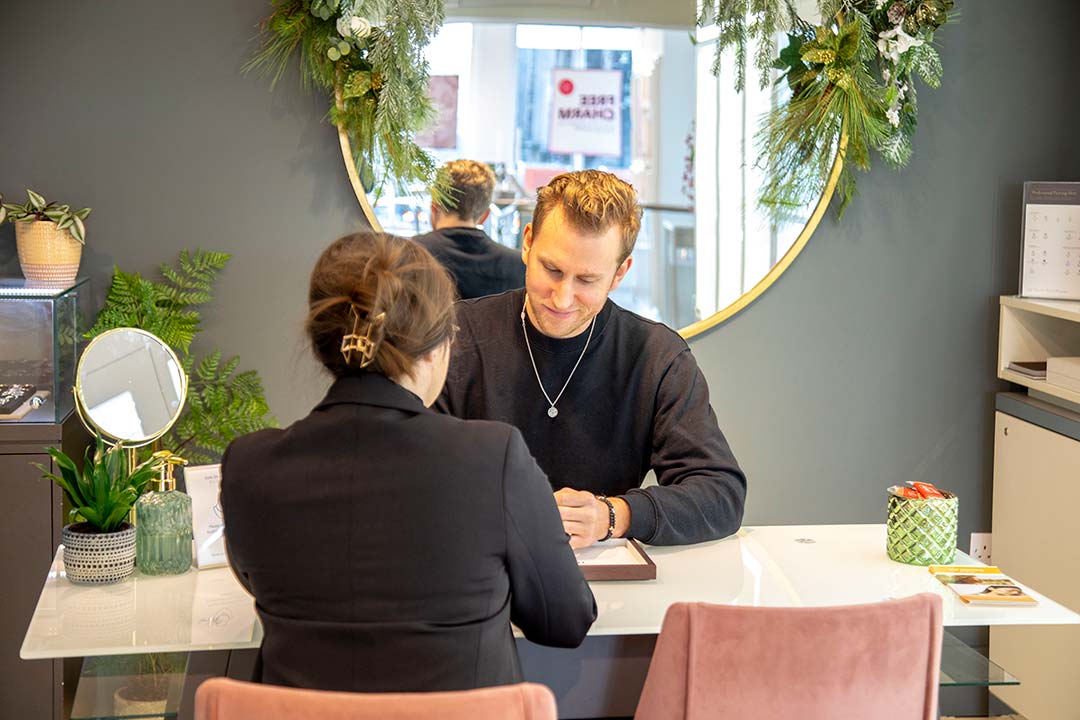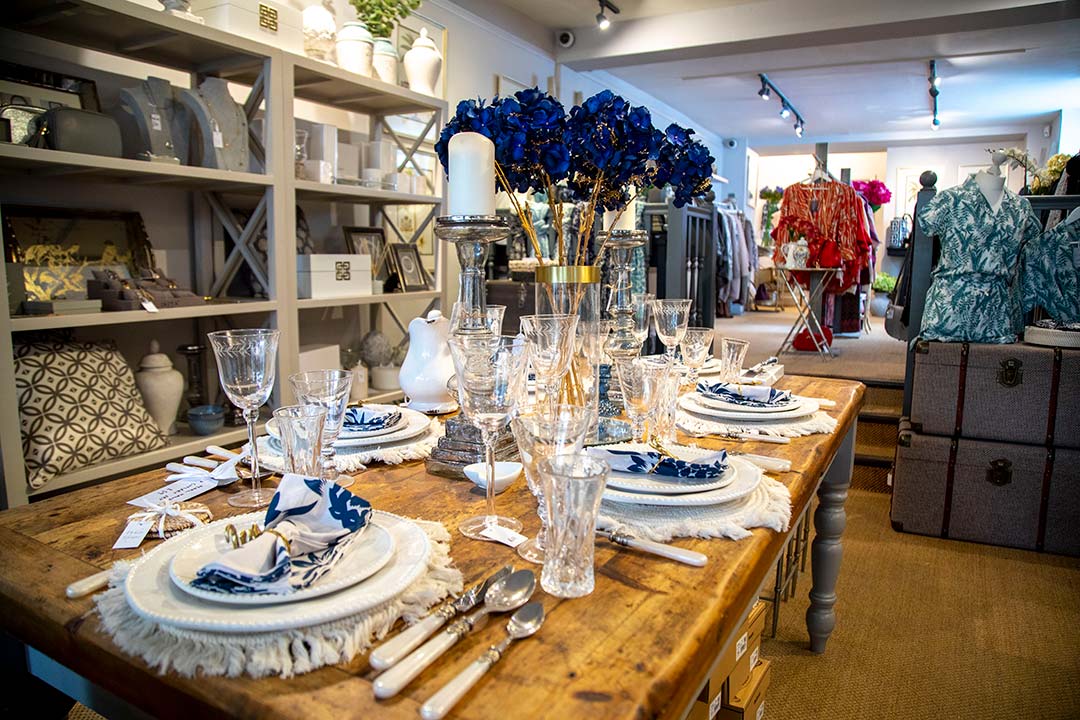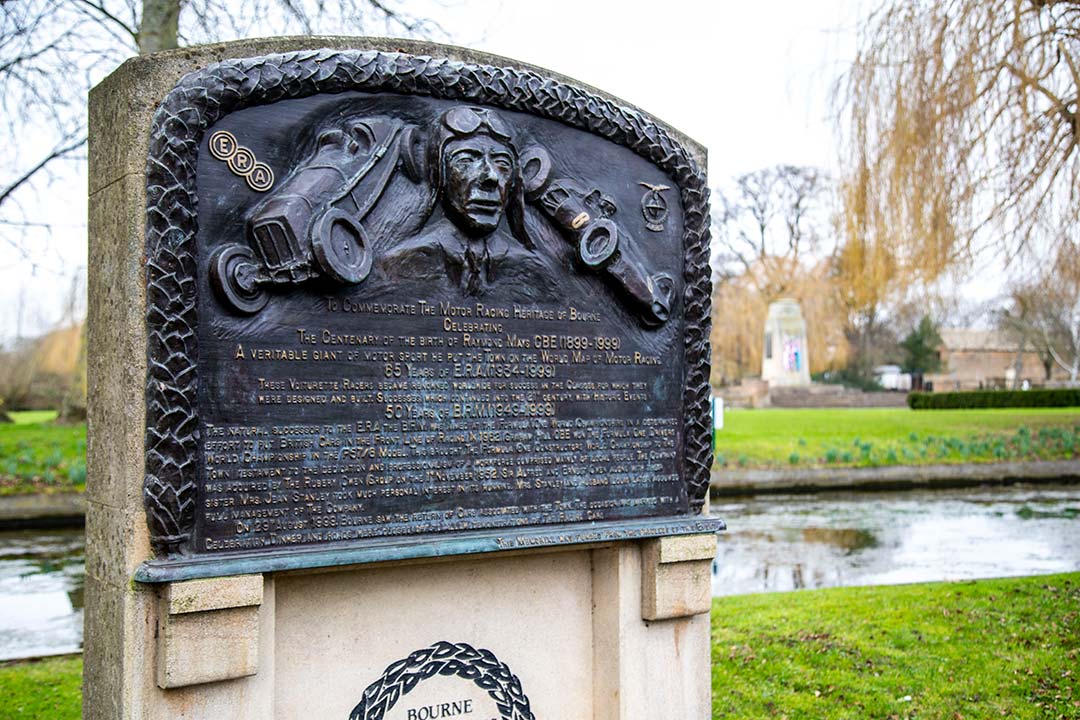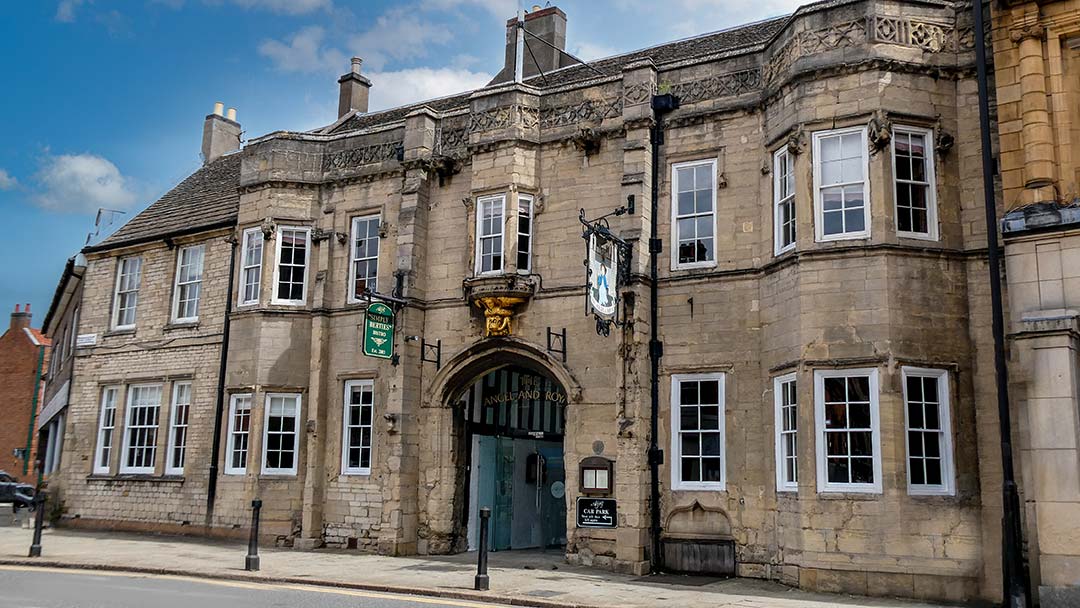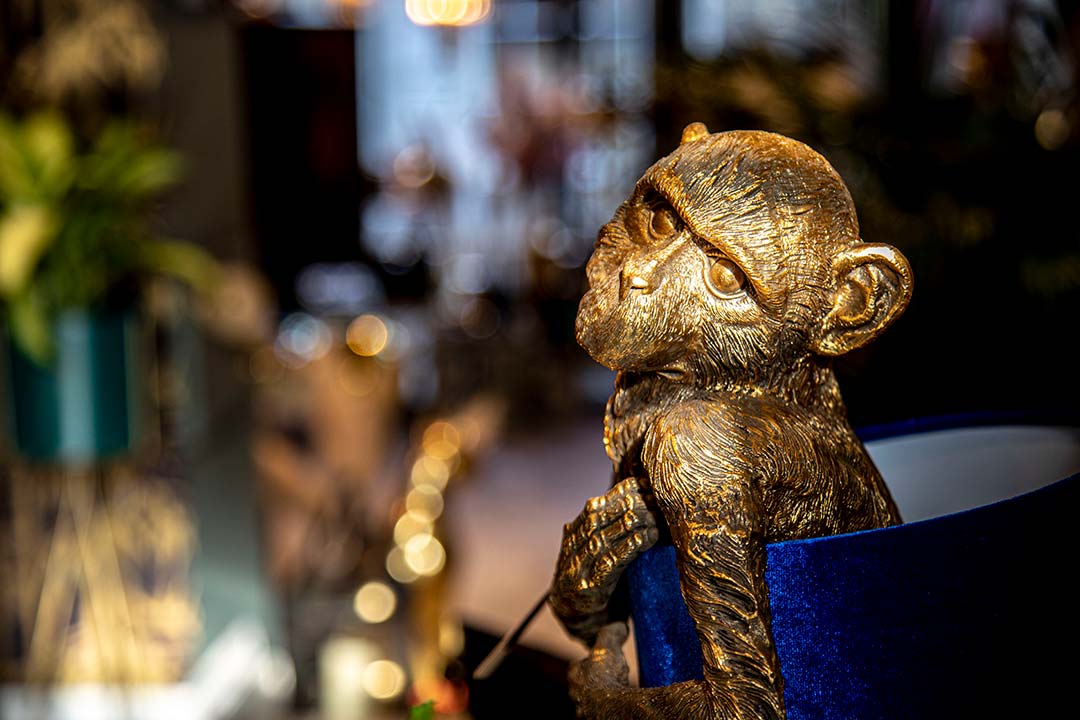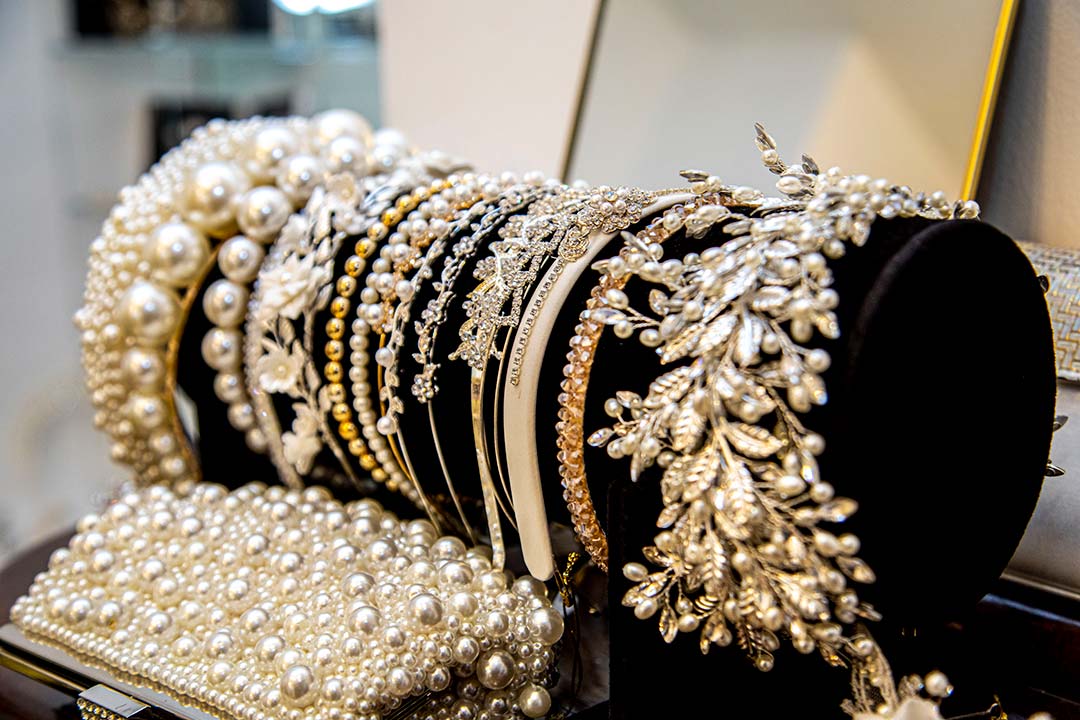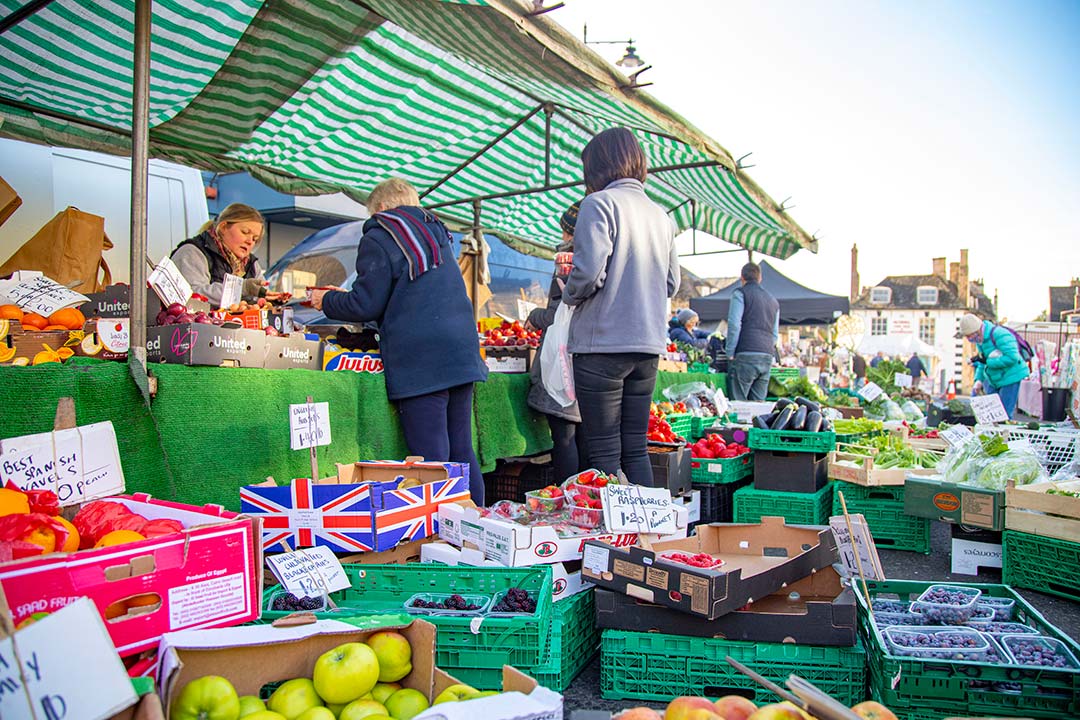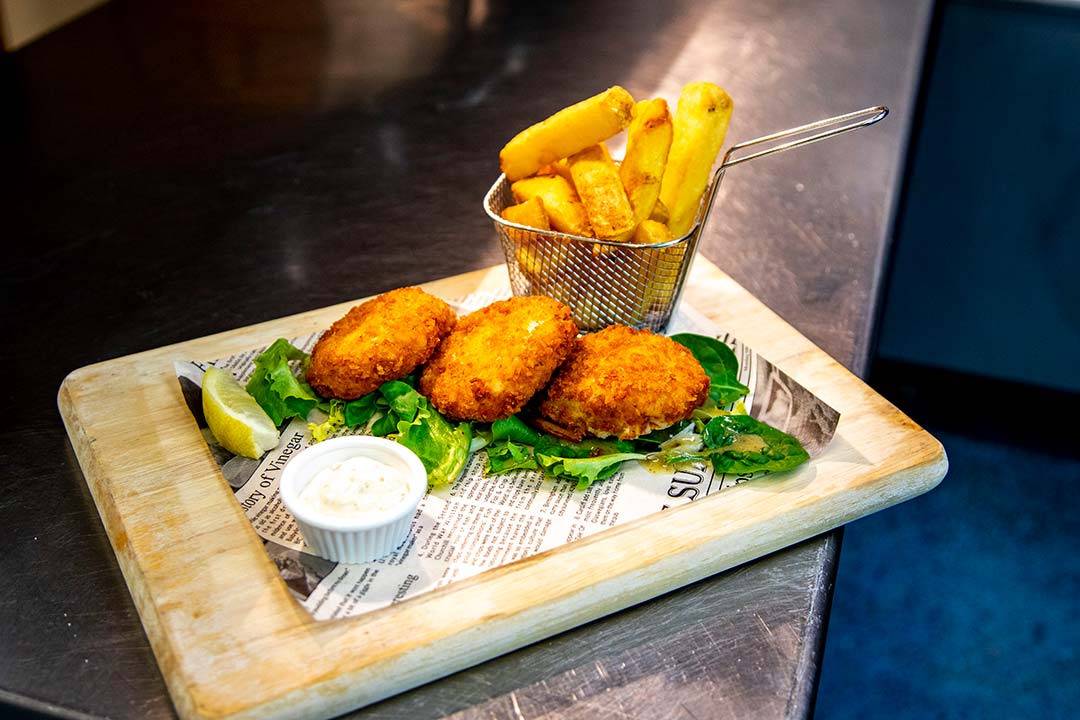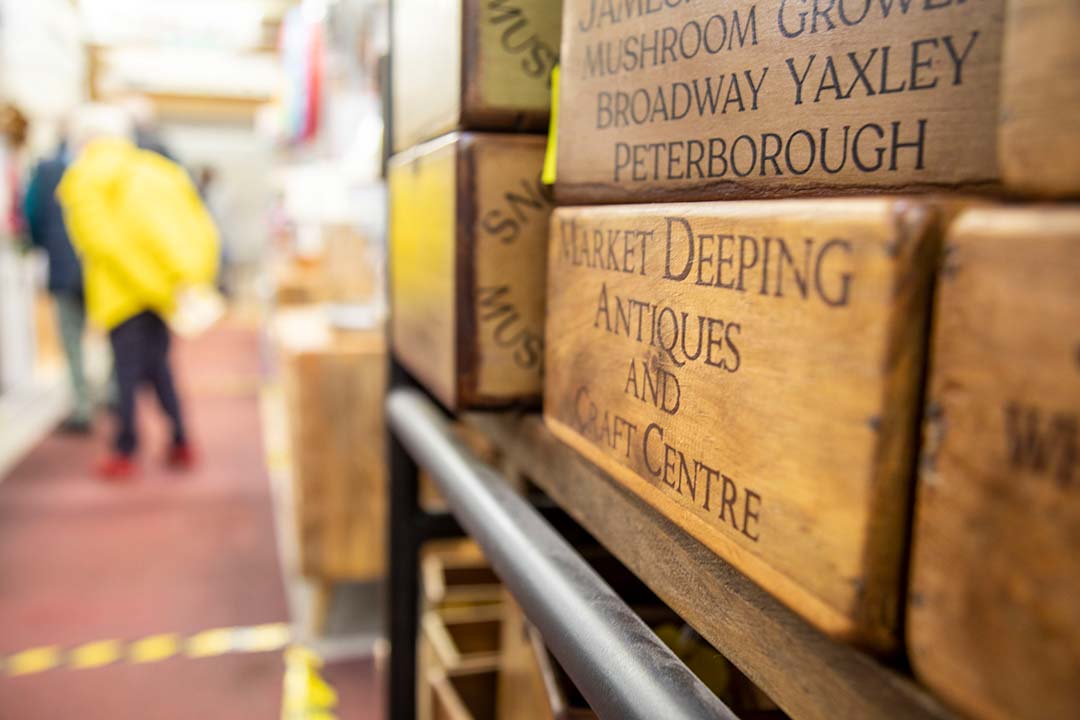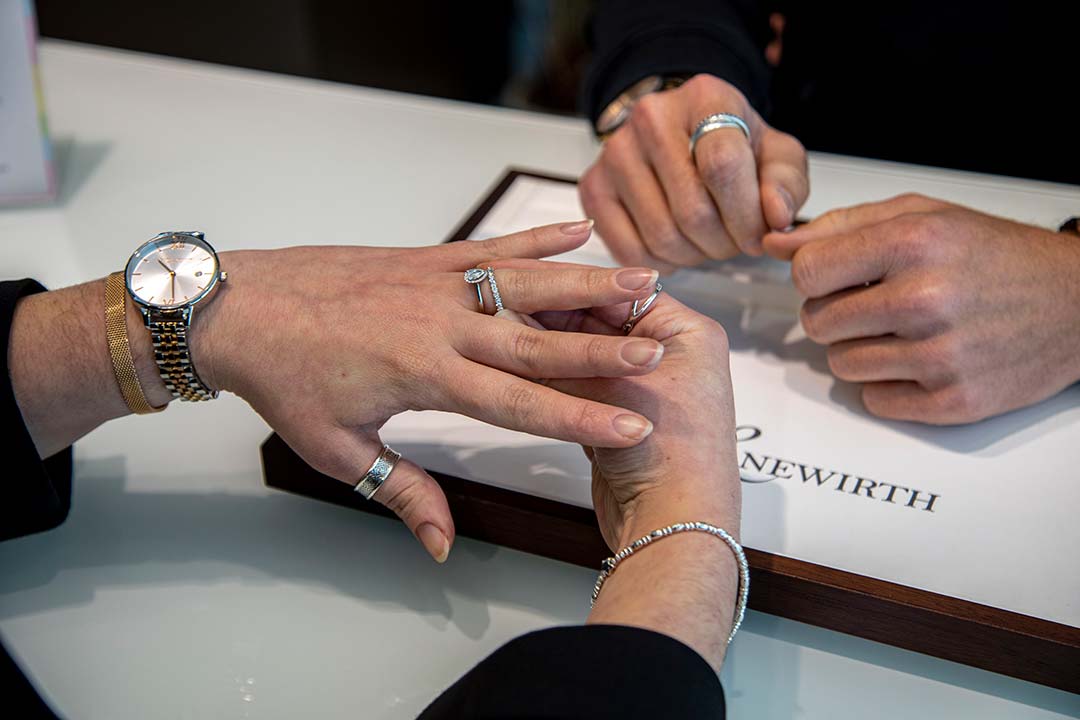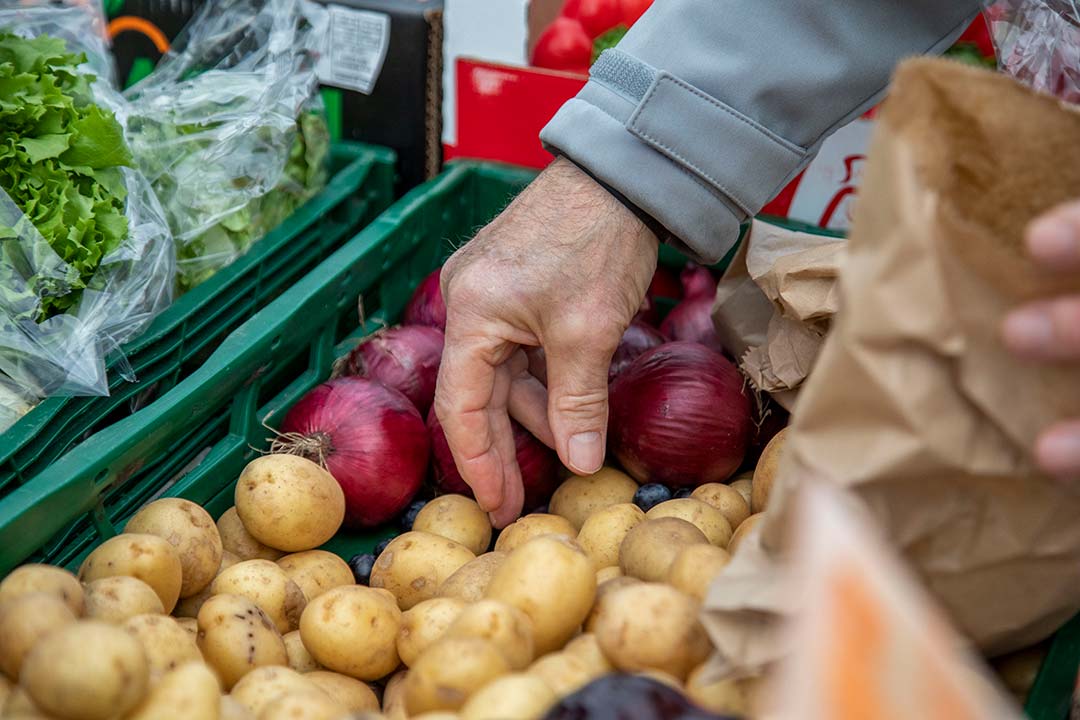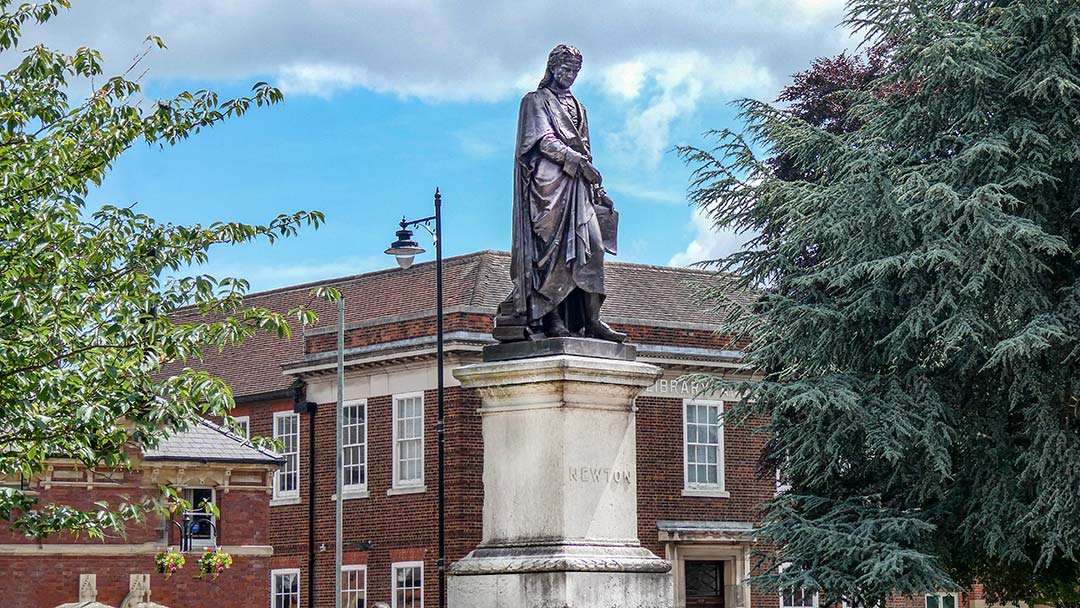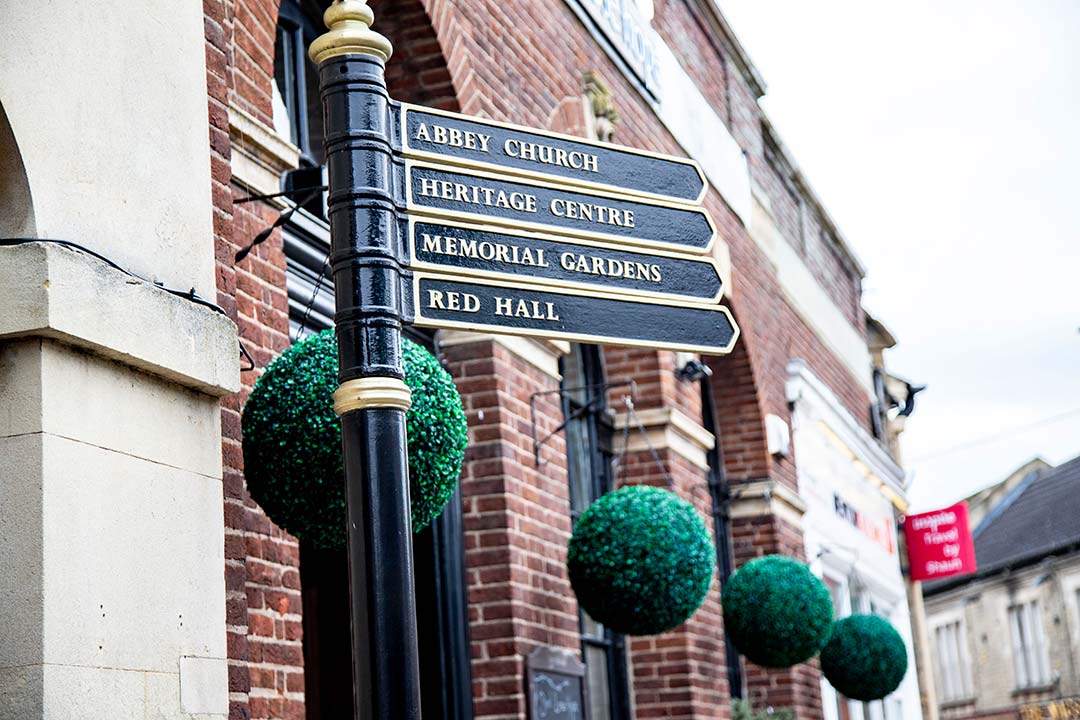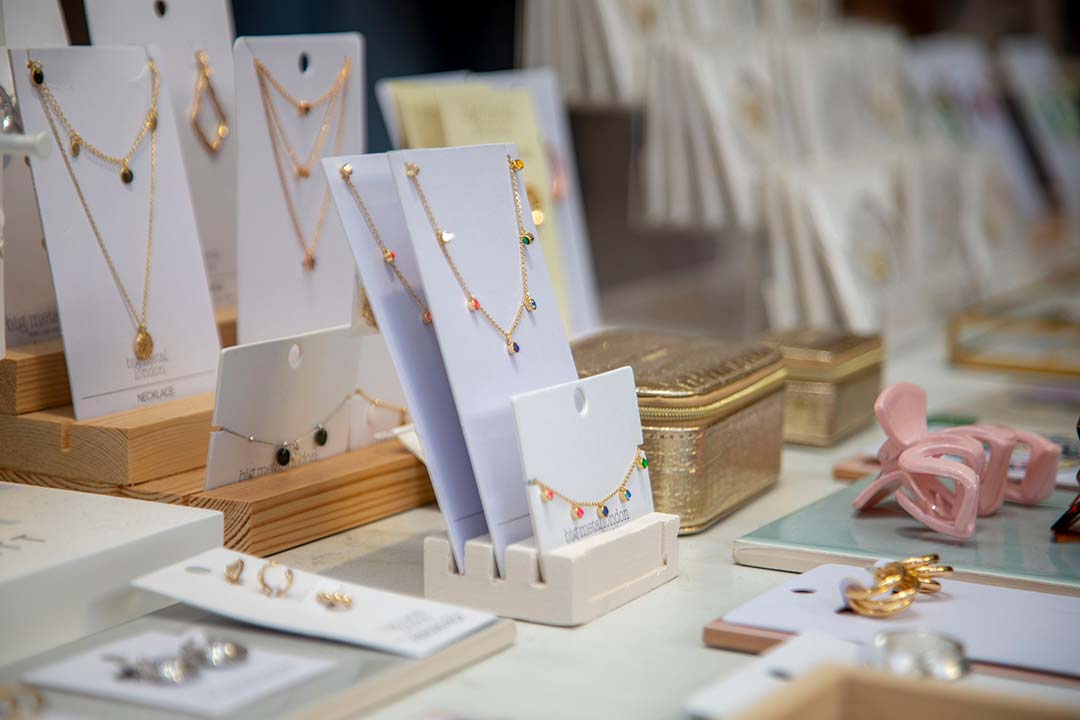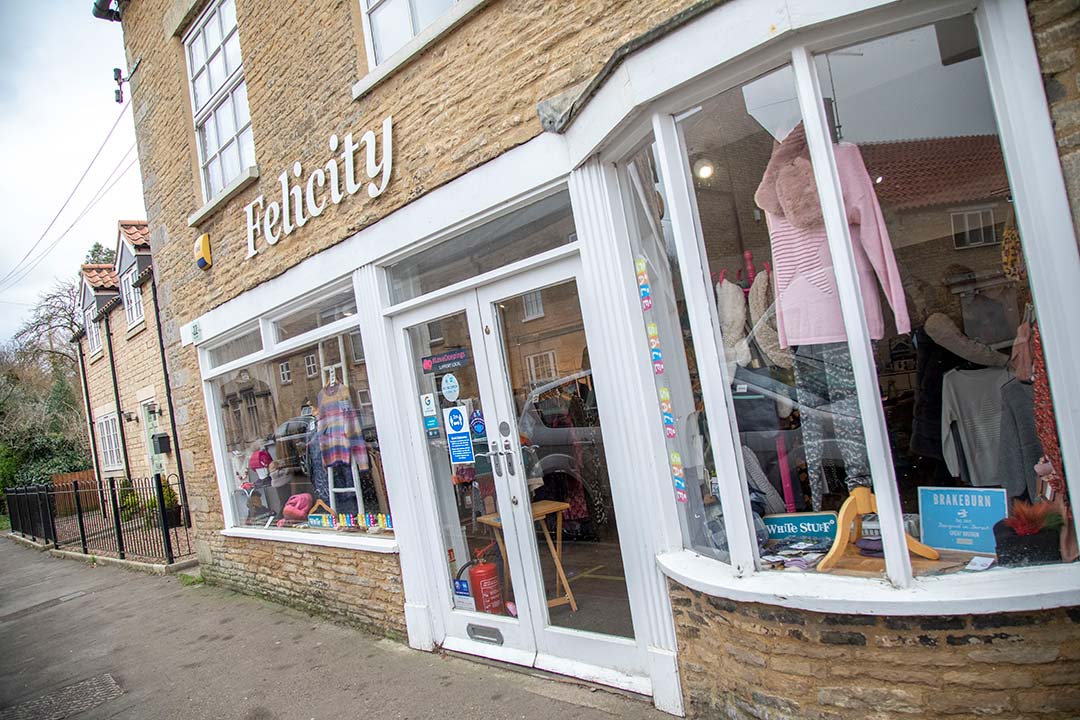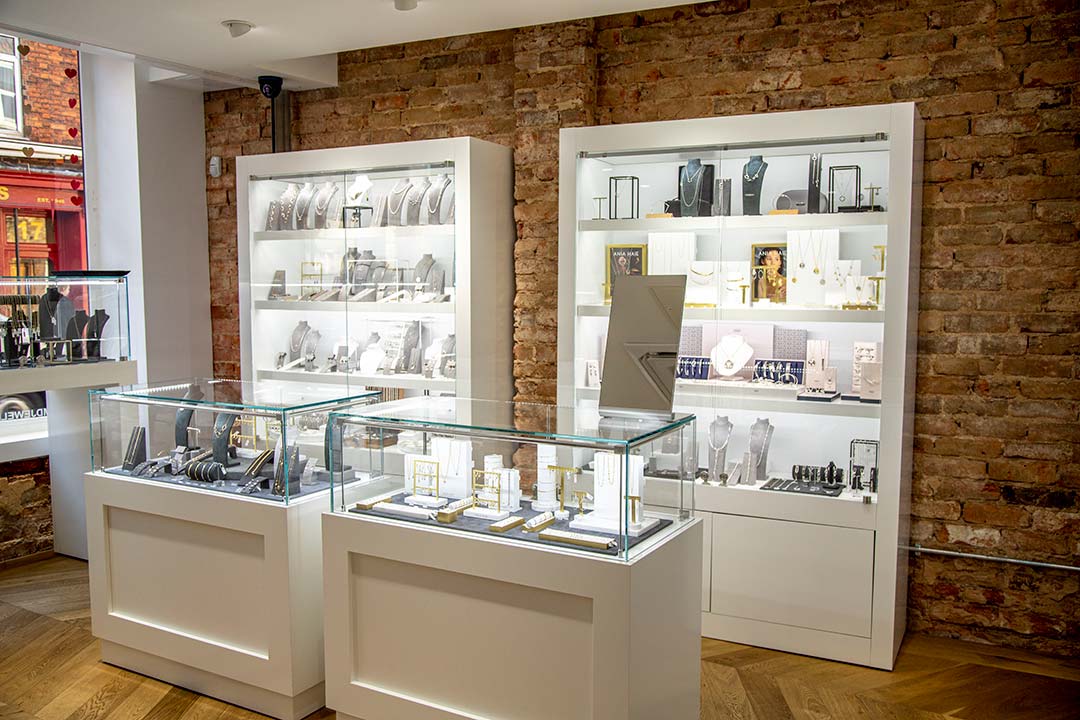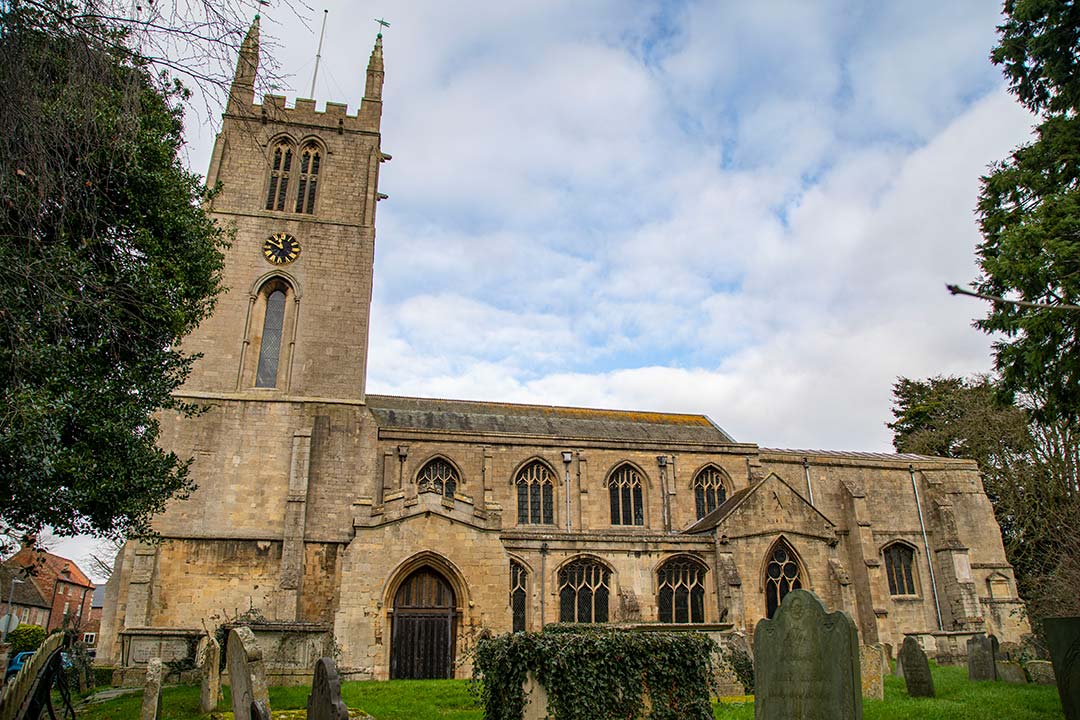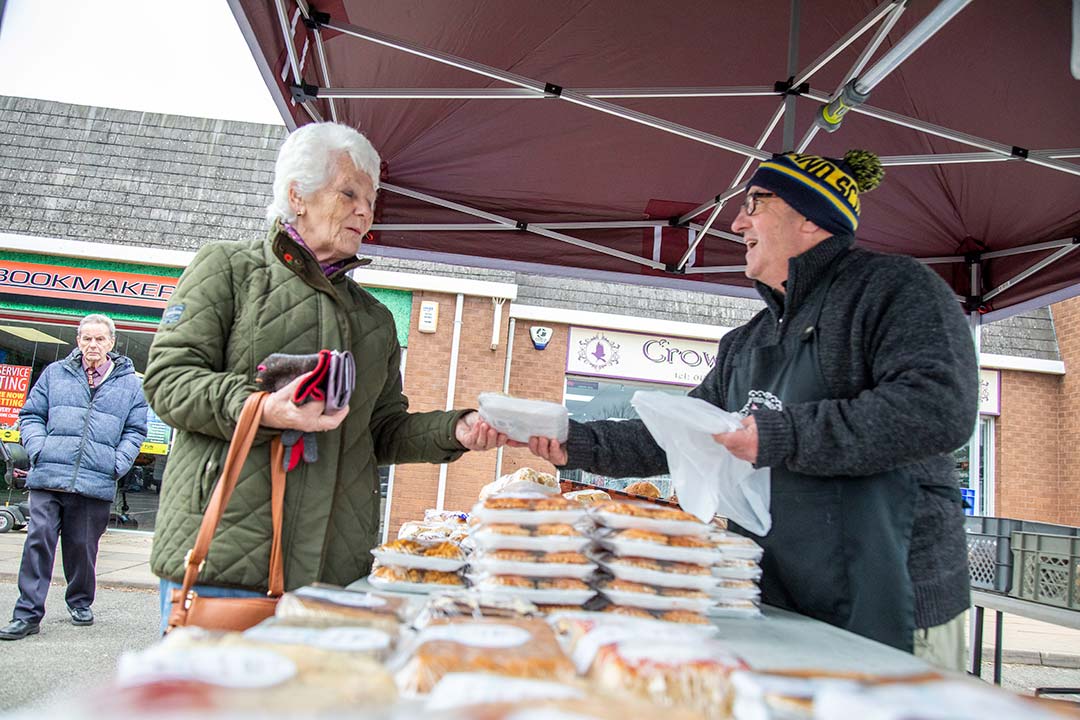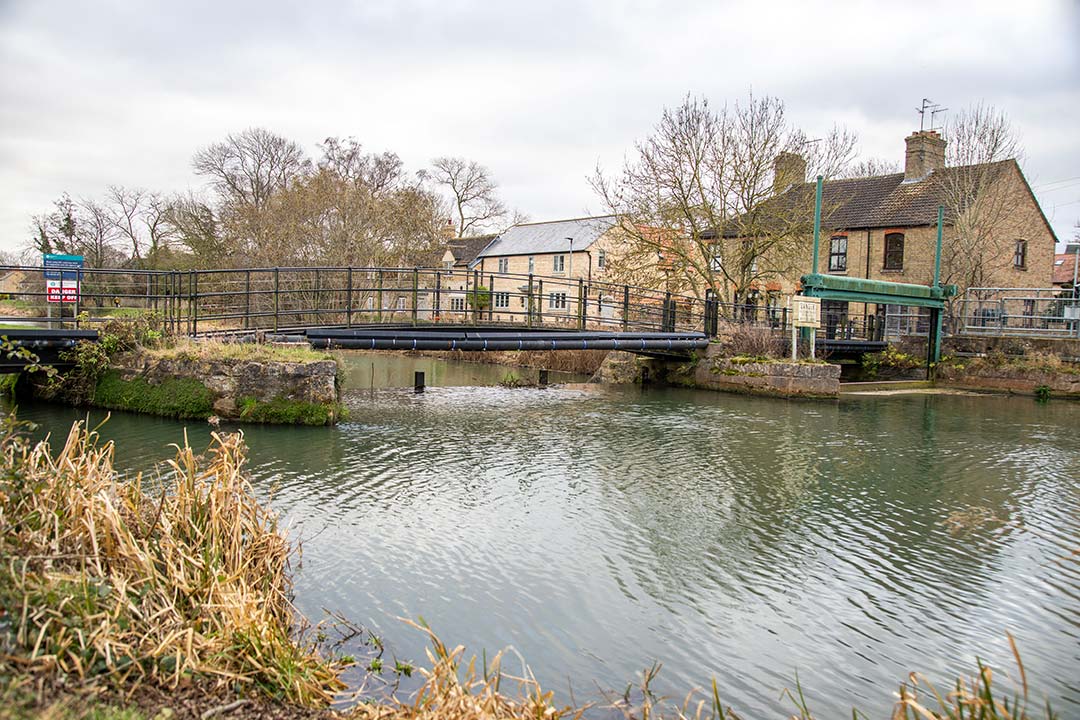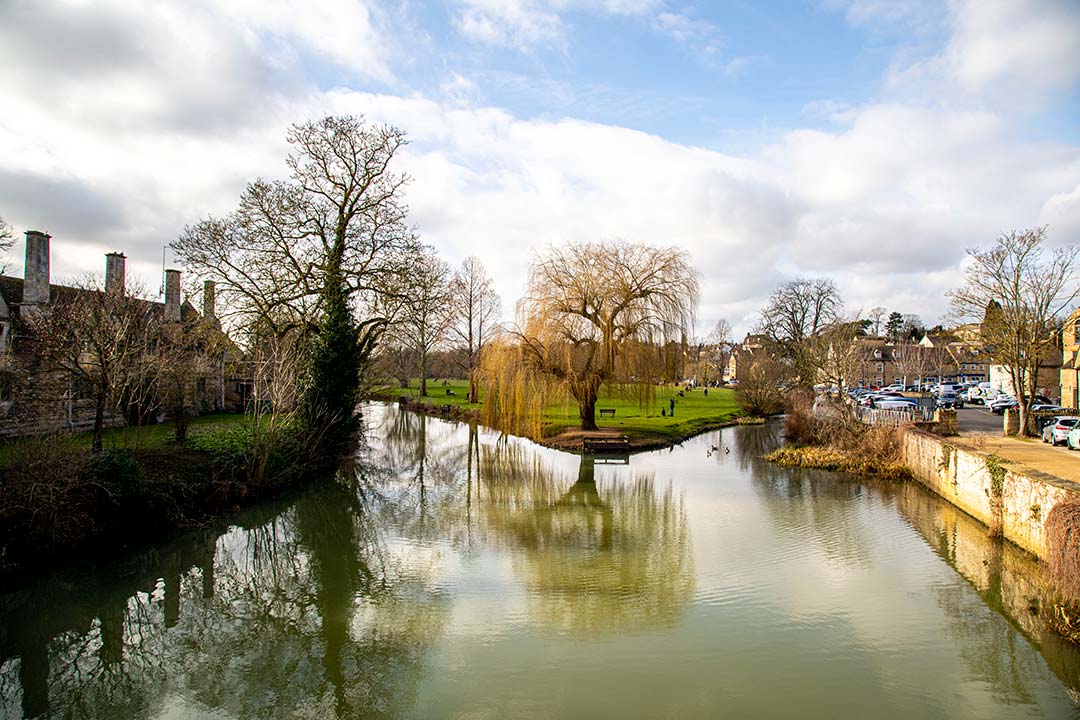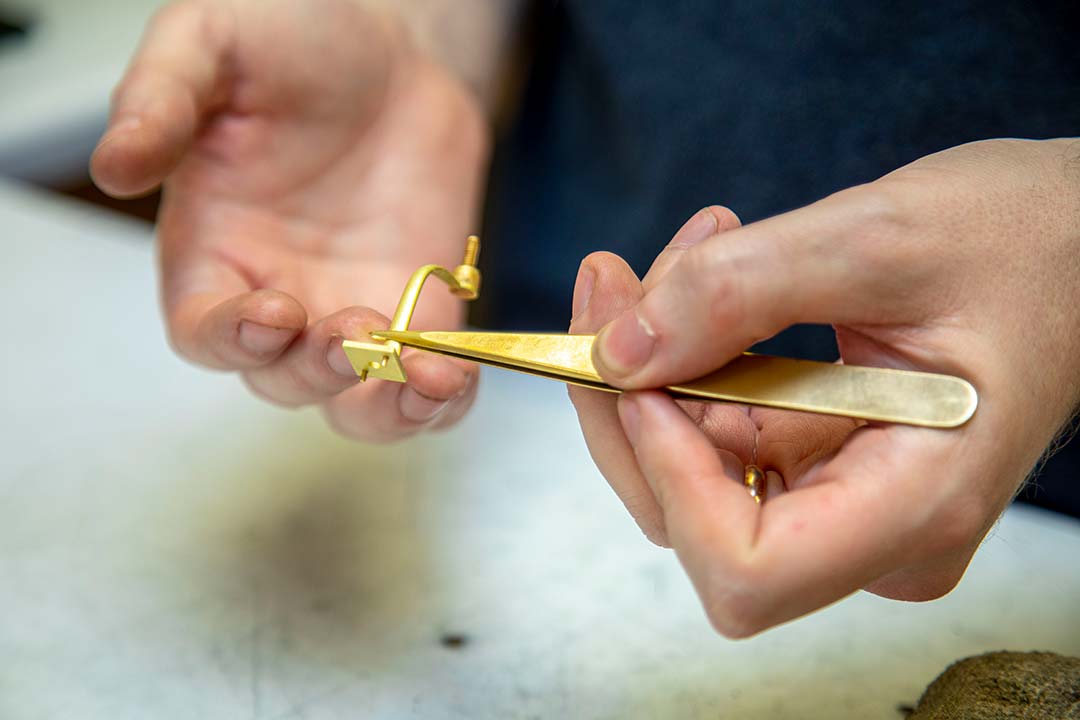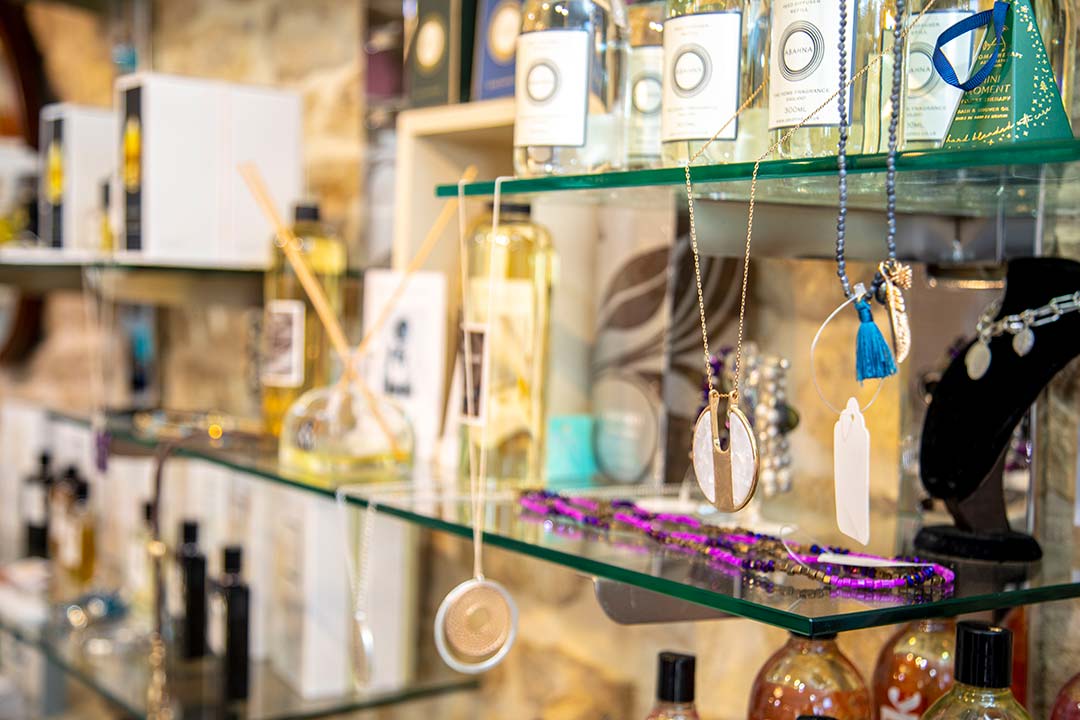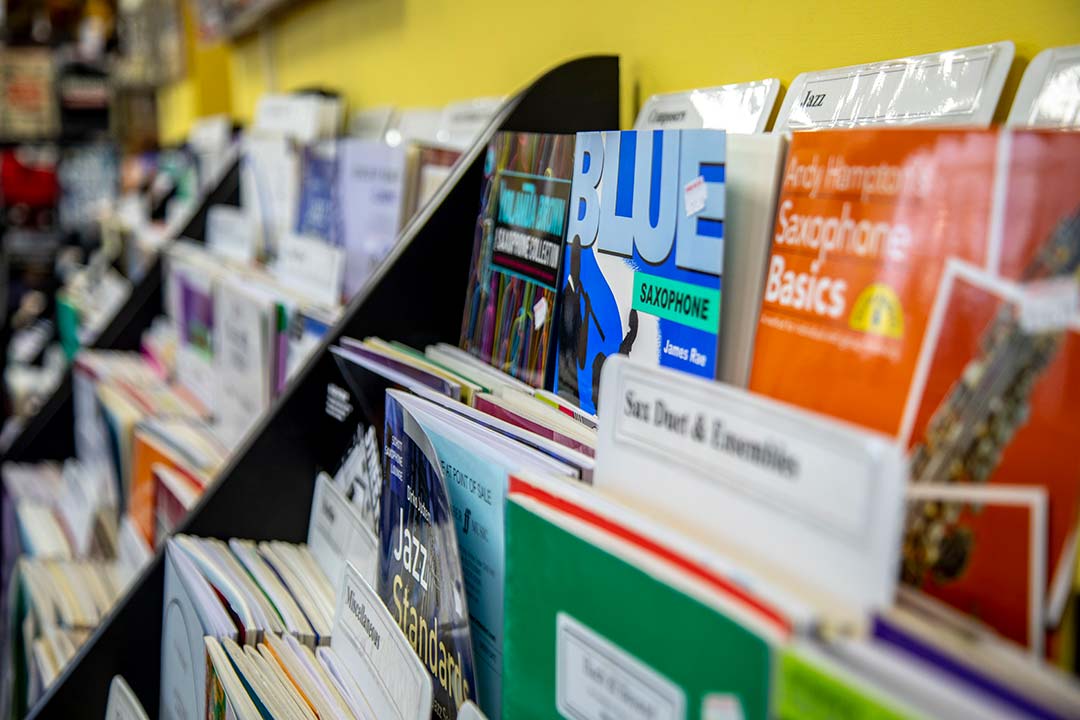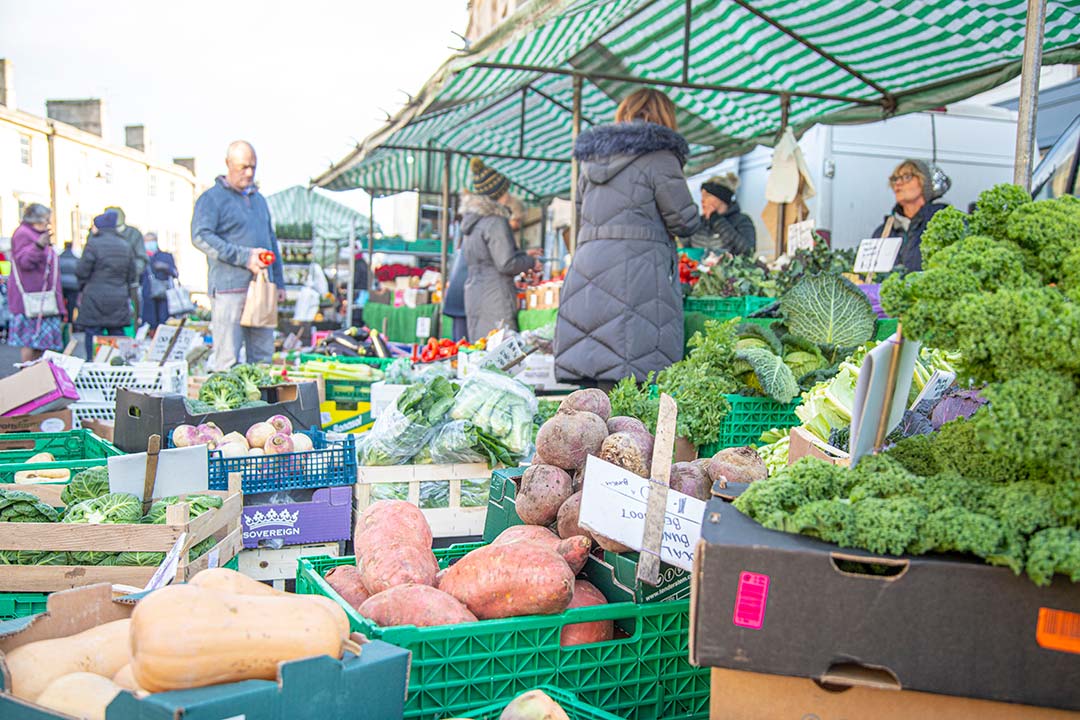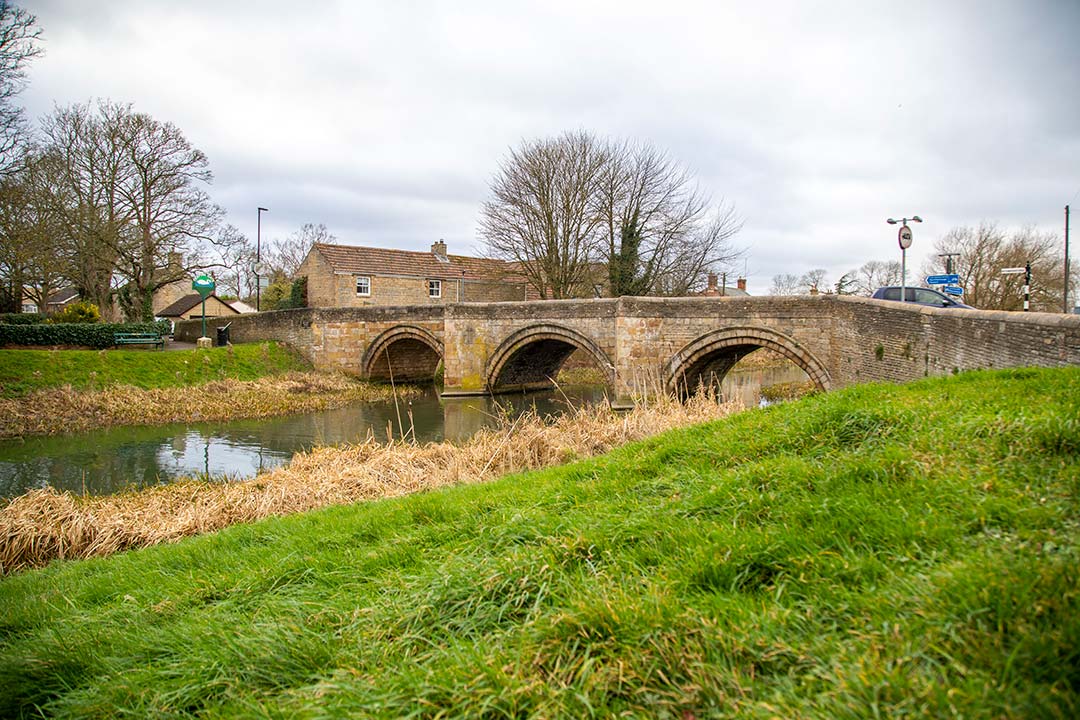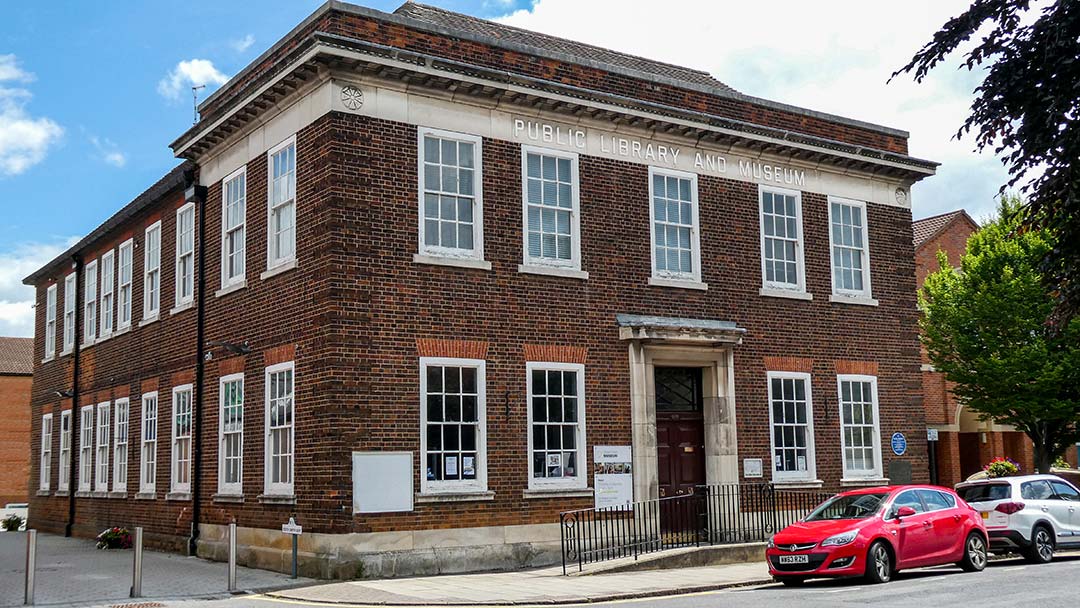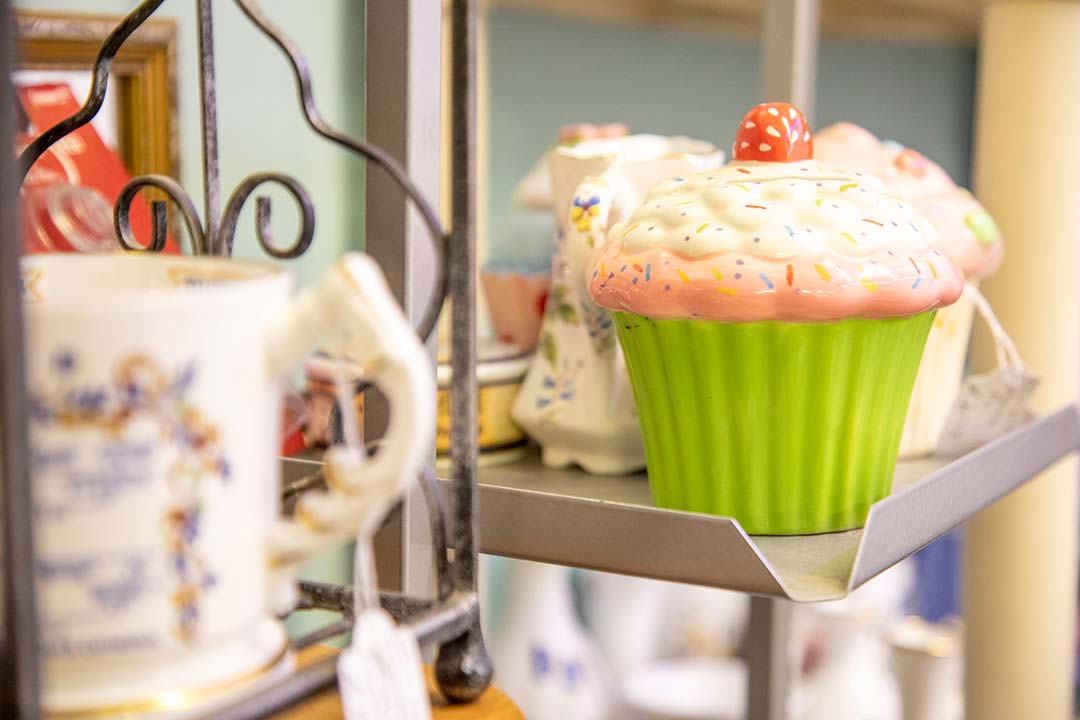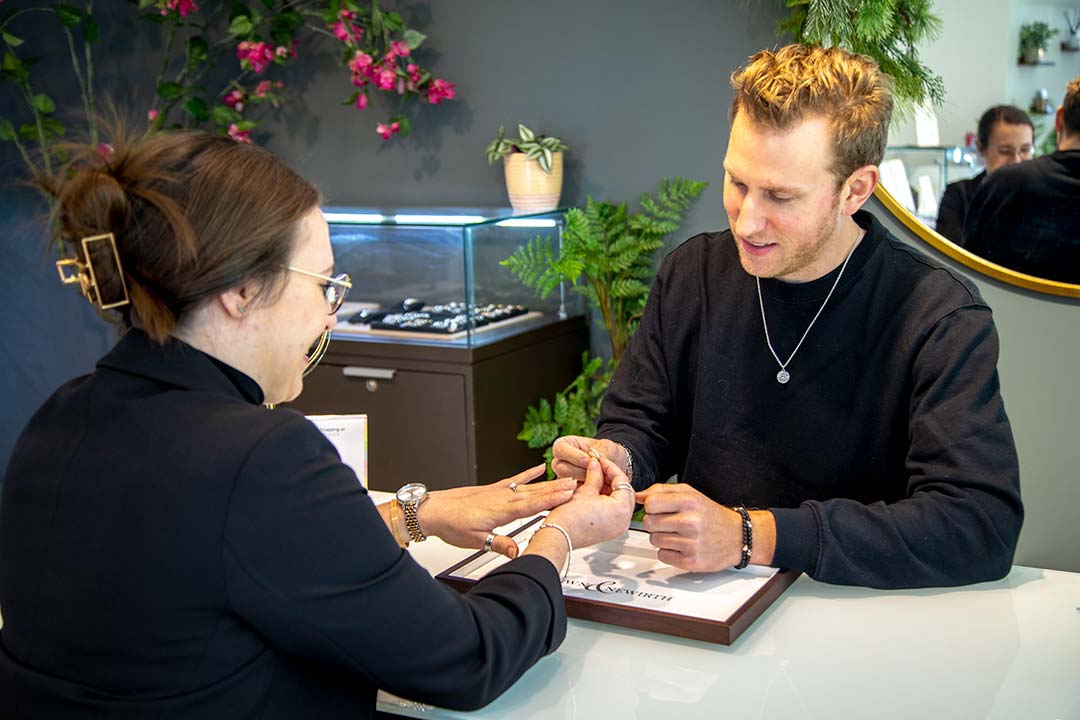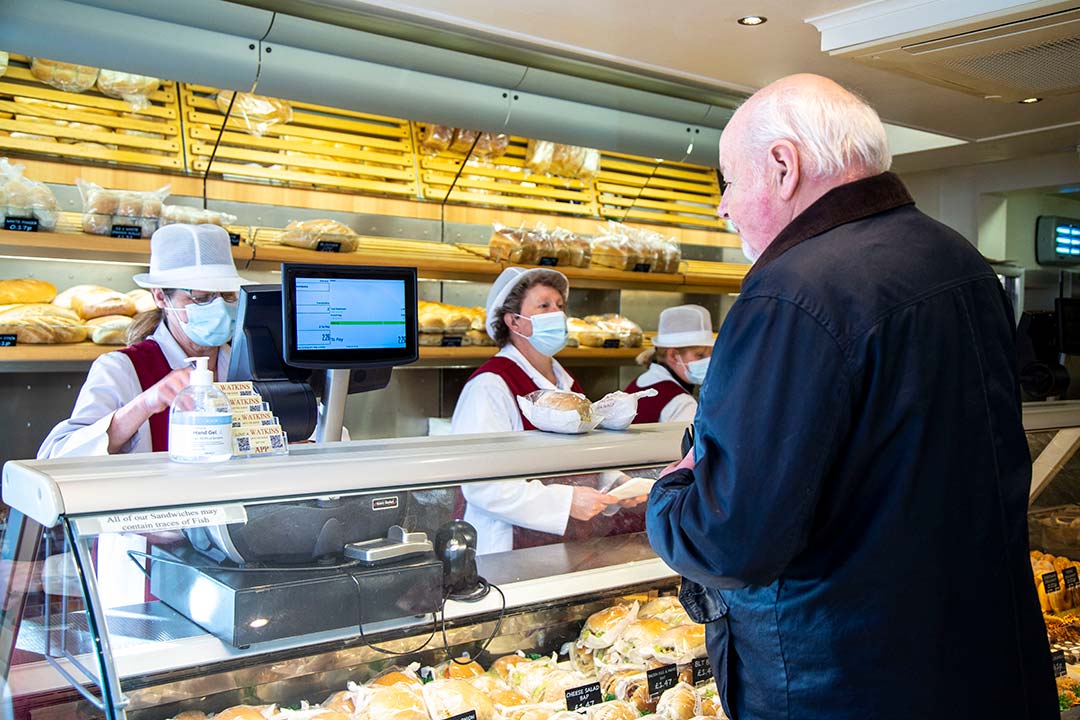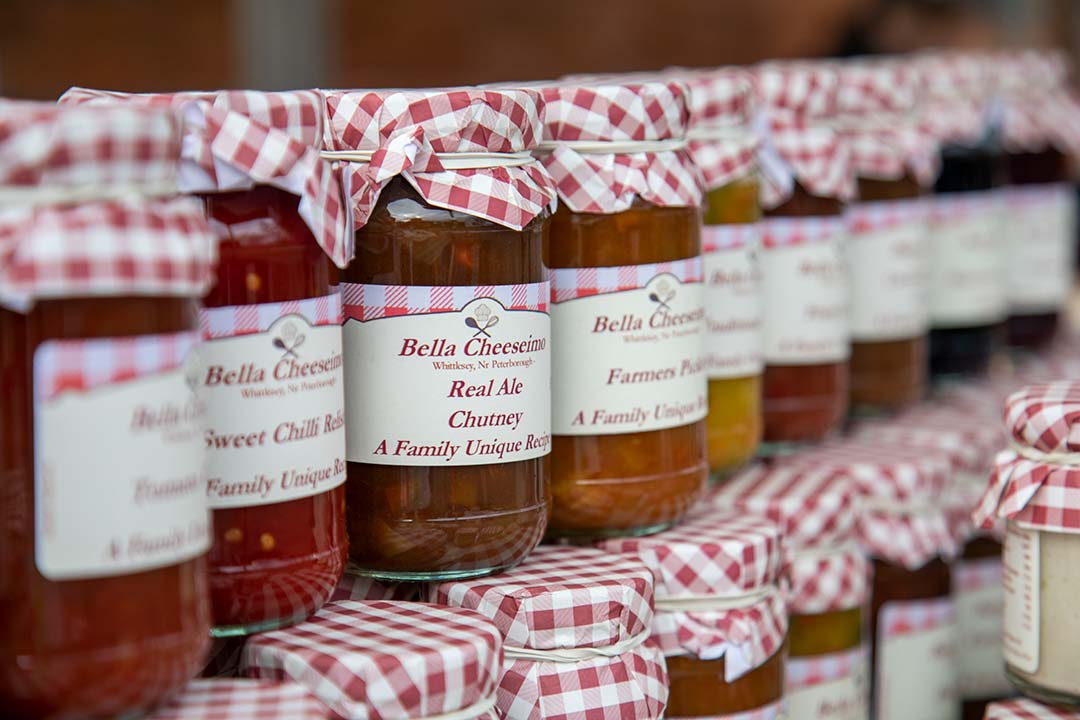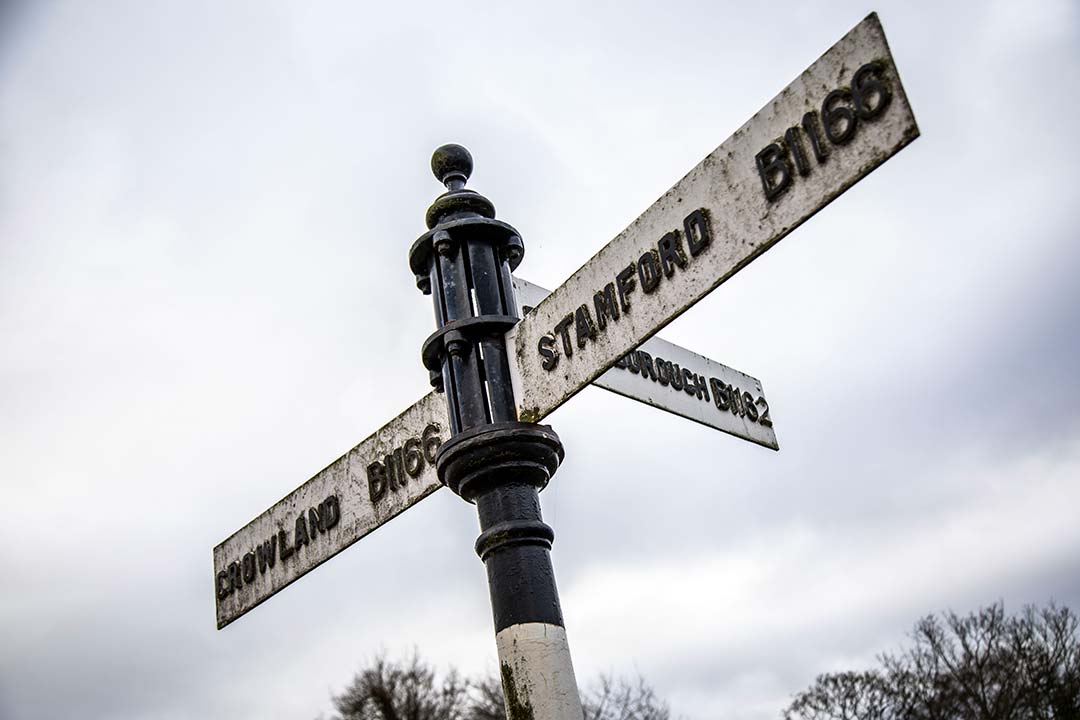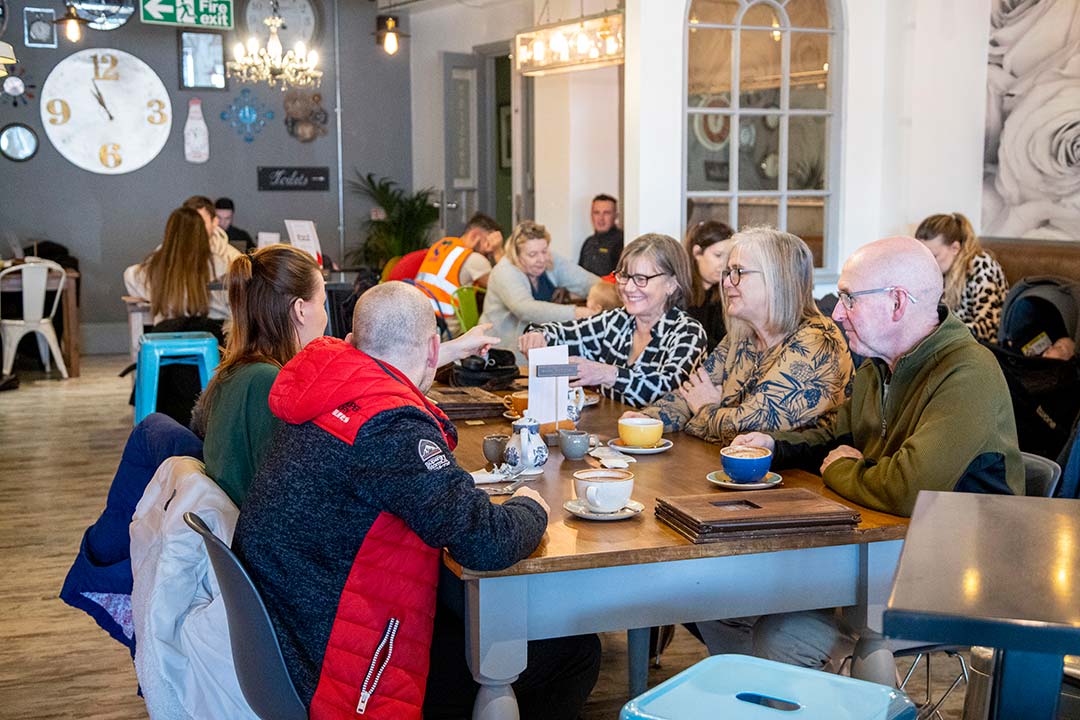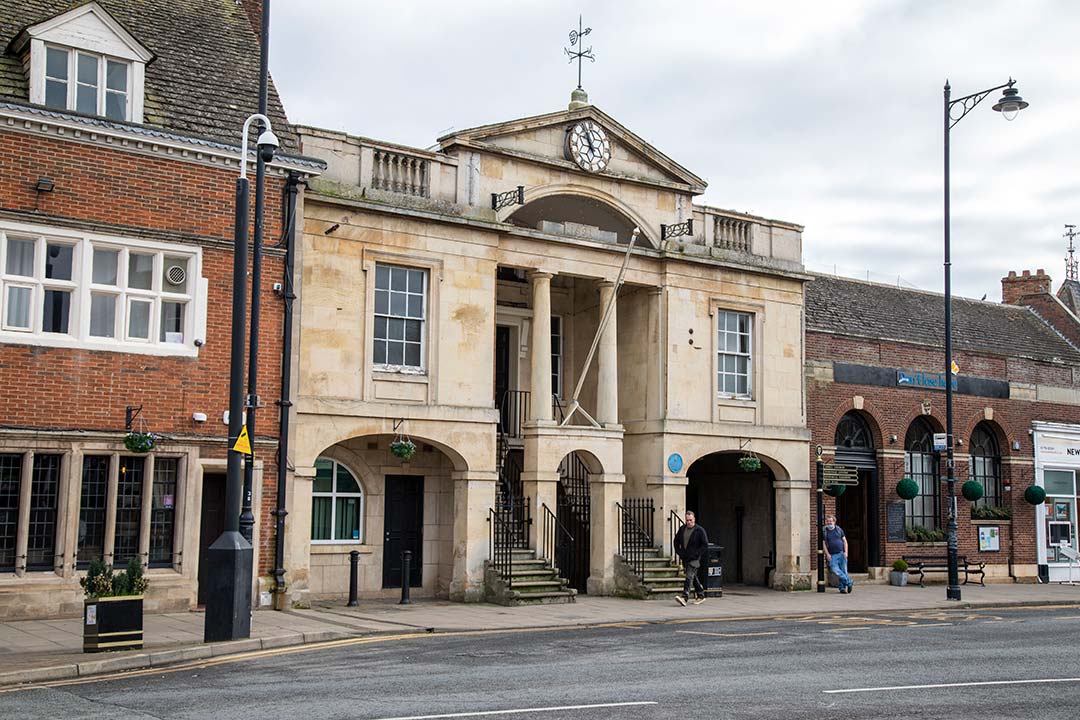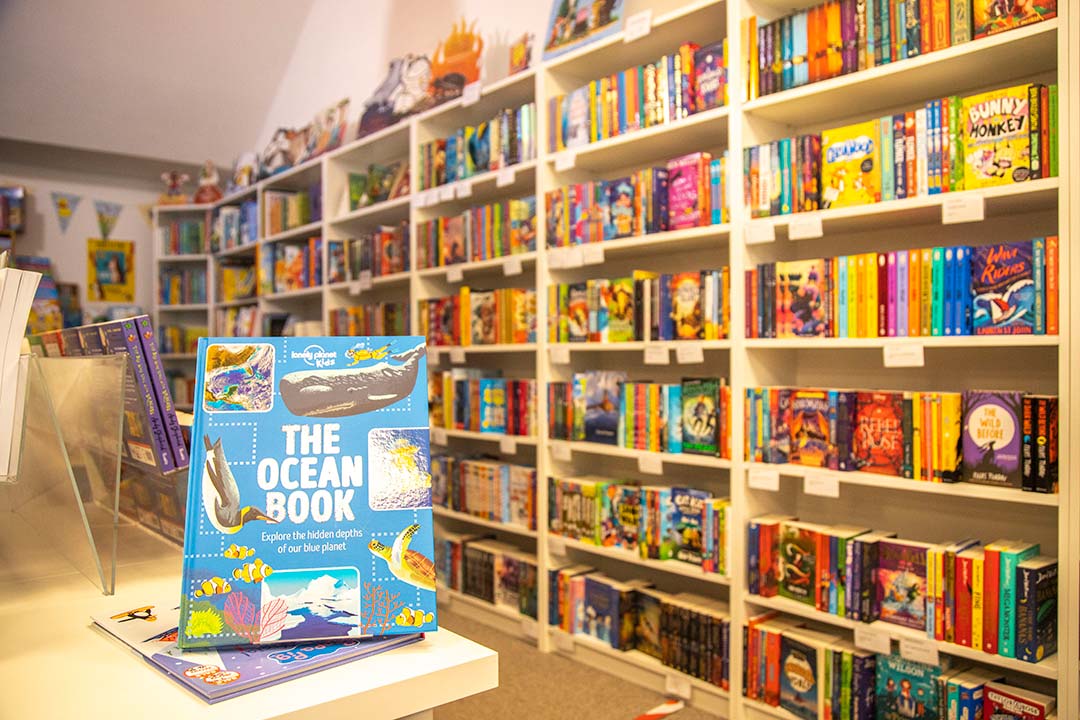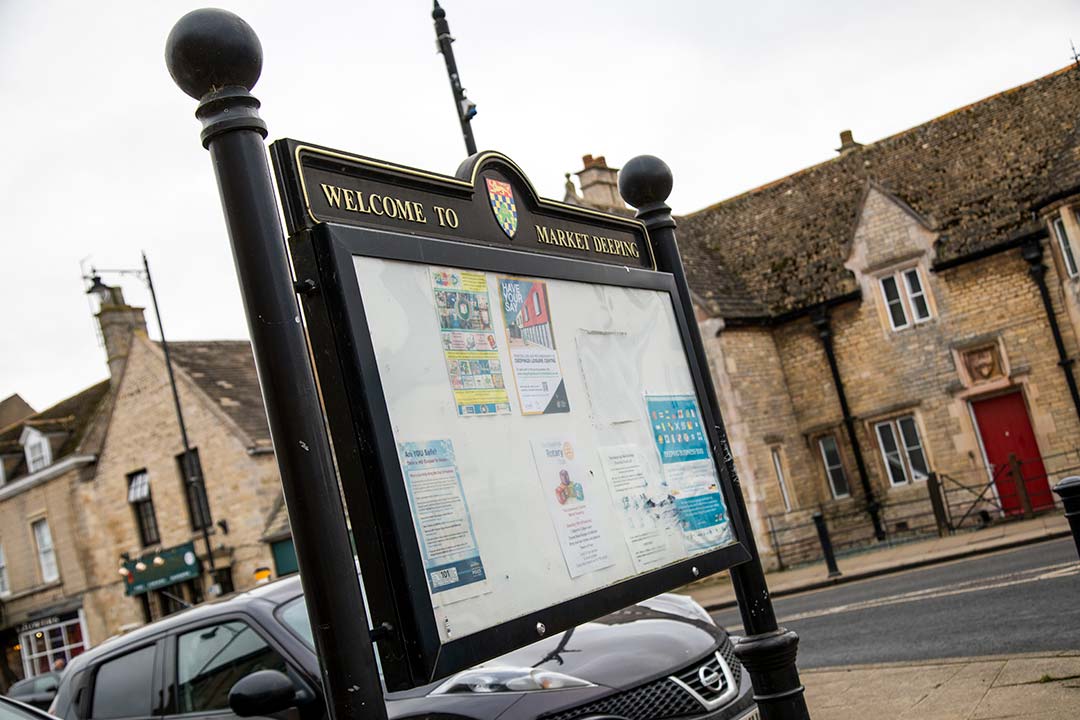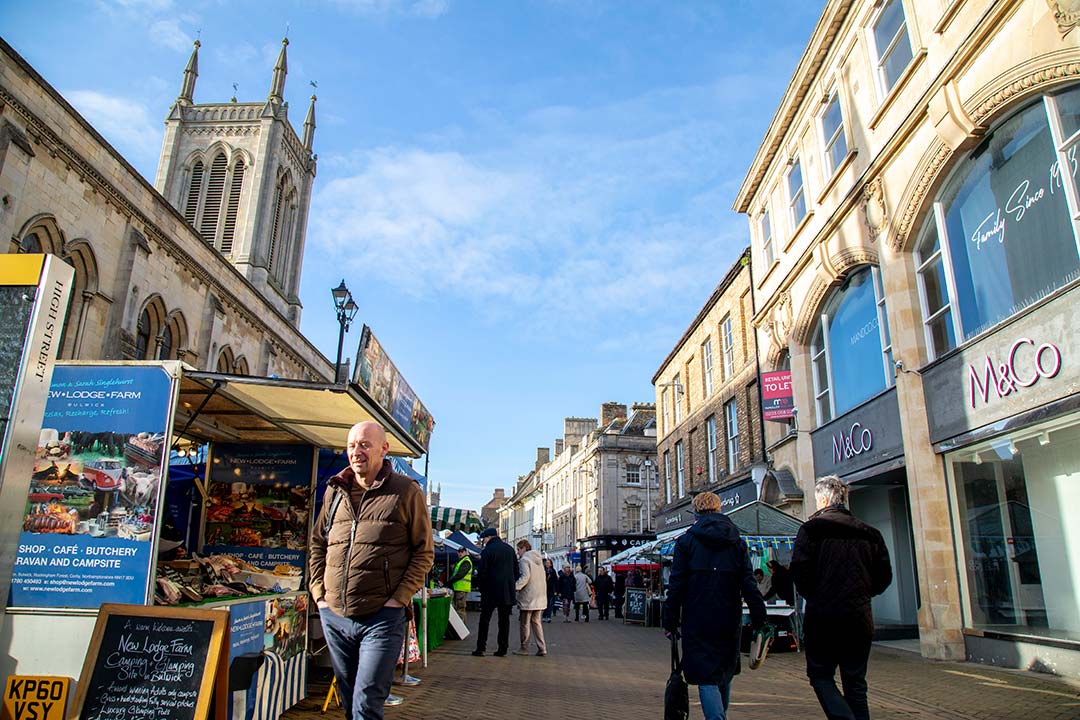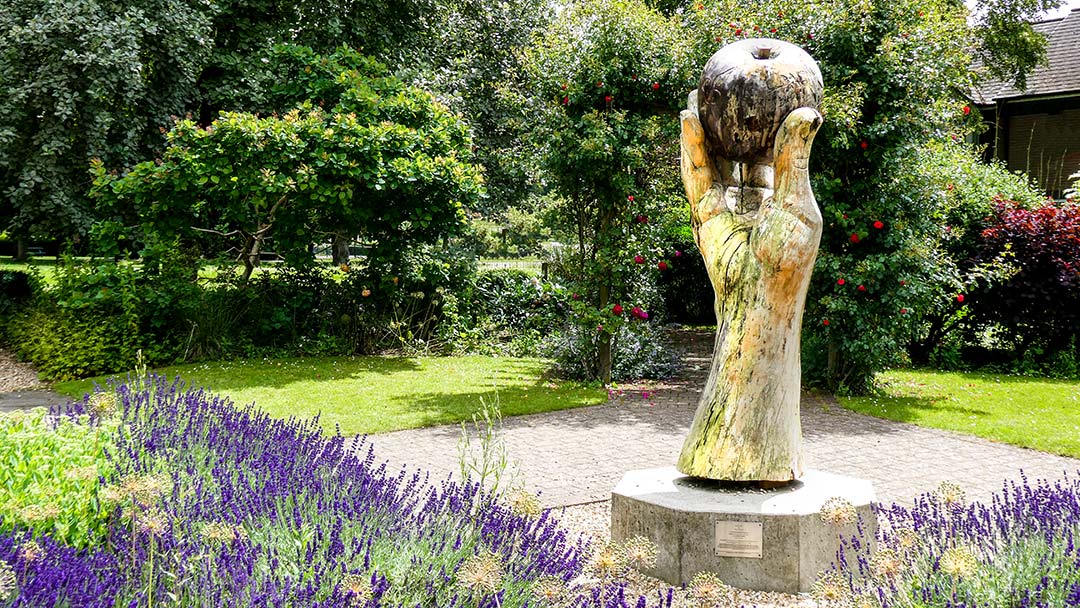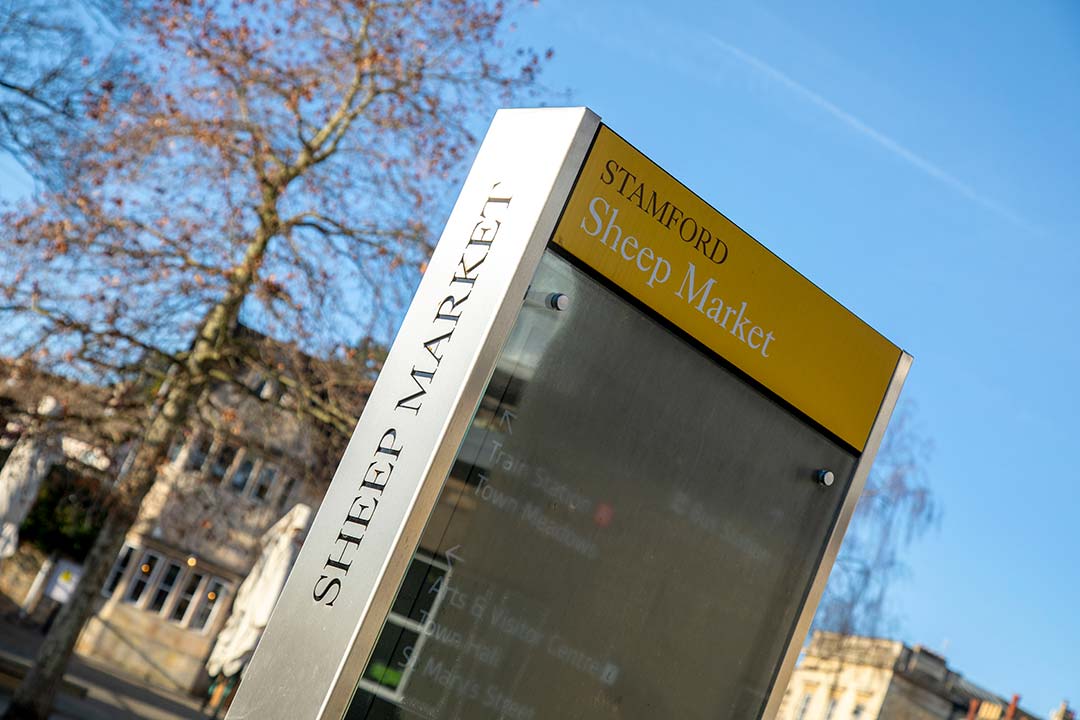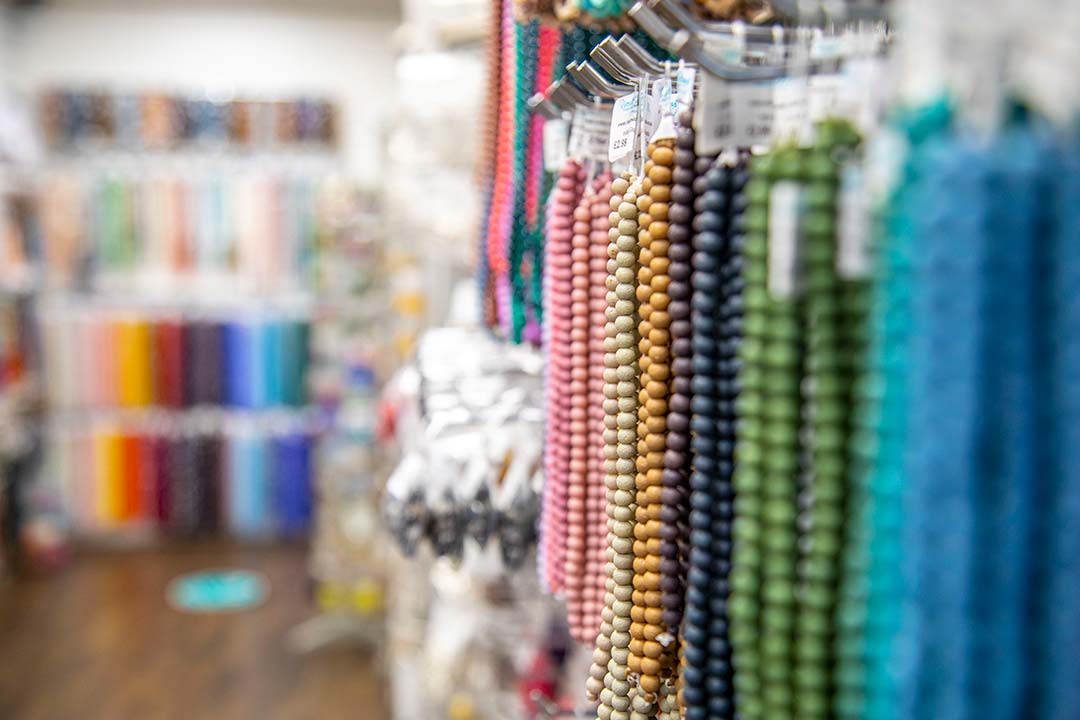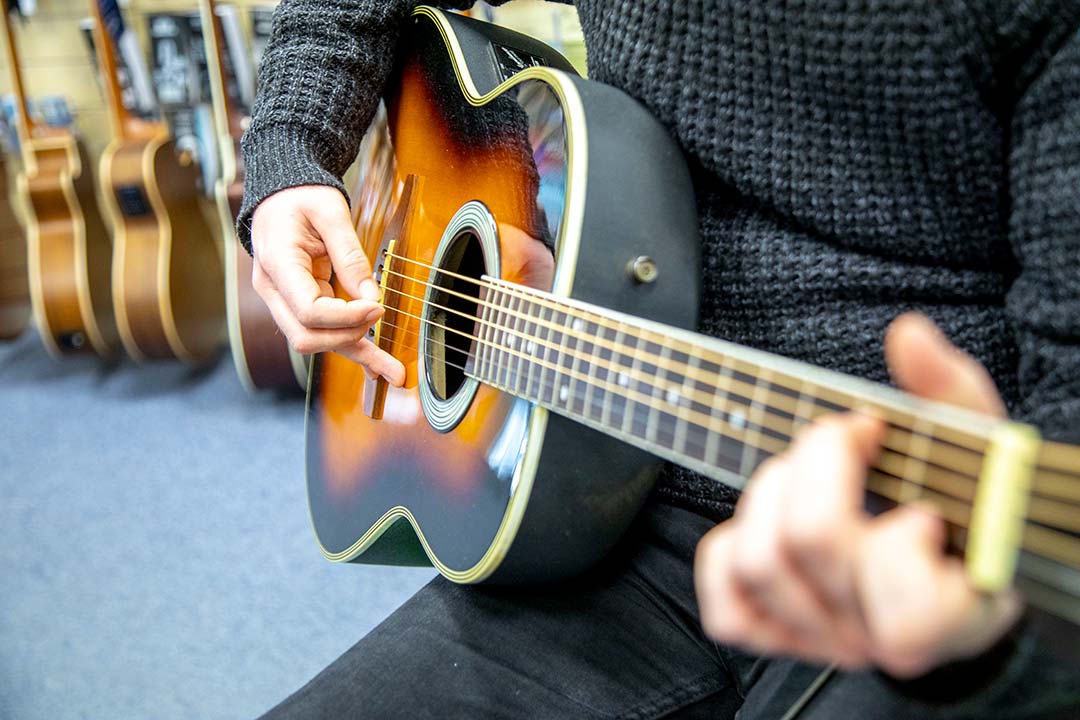You would be forgiven for not knowing it, but in the centre of Grantham there is the most amazing heritage hidden gem – Grantham House, which thanks to the work of the National Trust is now open to everyone for free, seven days a week!
Grantham House, which is tucked behind high garden walls on Castlegate, has a captivating history. The house itself has medieval origins, with its ancient central hall now flanked by east and west wings.
Over the centuries, its various owners have made changes to suit the tastes and fashions of their time. Its architectural features have been enhanced and remodelled several times, including the addition of a 16th-century chimney stack, 17th century windows and an 18th-century staircase. The House and the Stables are both Grade One listed buildings and the Walls and Doorway to the riverside garden are Grade Two listed.
Much of medieval Grantham was built on the prosperity of England’s booming wool trade, and Grantham House is no different. The original house was built in 1450 for Thomas Hall, a wealthy and influential wool merchant and his family.
Thomas Hall chose a prestigious location in the town for his home, neighbouring the beautiful St Wulfram’s Church. In 1503, the importance of Thomas Hall, and the prestige of the house was cemented when Queen Margaret, the daughter of Henry VII, stayed there when she was journeying from London to join her betrothed in Scotland.
The house passed to the Skipwith family, in the mid-1600s.
In 1666, Thomas Skipwith, a London based lawyer inherited Grantham House. He had become MP for Grantham in 1659 and was later knighted for his services to Charles II.
It is believed that Sir Thomas Skipwith may have been responsible for installing the stone mullion and transom windows in the property.
By 1700, the Skipwith family had established themselves in Metheringham, and therefore Grantham House was sold.
For the next century, Grantham house passed through various owners, some, like Lady Anne Cust, having ties to the Belton Estate. However, in 1813 Mary Challans moved her school for young ladies from Middlegate House to Grantham House. When she retired in 1829 the school carried on under the Nevinson sisters who had been teachers with her. A newspaper advertisement from 1830 states that the school is ‘most desirably situated, being airy, and healthy with pleasant and extensive grounds.’ The school came to an end in 1843.
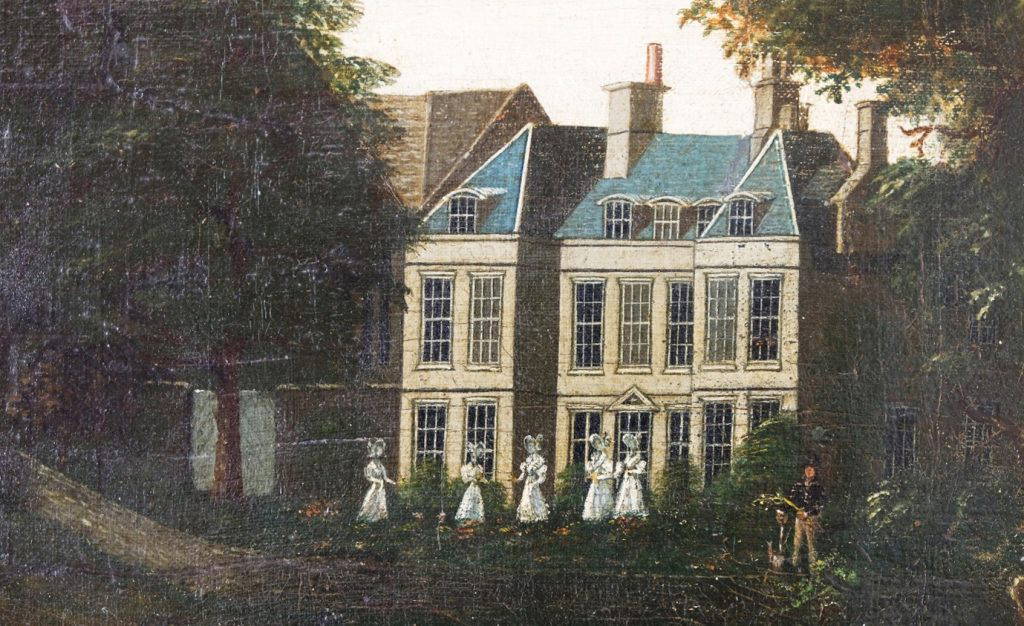
Detail from a painting of Grantham House, early 19th century, showing five schoolgirls dressed in white and a gardener, NTBH 493598 (photo Peter Roworth)
Dr Joseph Brown bought Grantham House in 1849 from Charles Ginniver Kewney, living there with his wife, Anne, and at least seven children, the younger ones born in the house. Alongside his no doubt successful private medical practice, he served as a doctor at the Dispensary on Finkin Street.
The Sedgwick family who owned Grantham House from 1884 to 1944, had the greatest impact on how the house looks and is operated today. They did a great deal of work to the house, including moving the back staircase into the porch area. Their work on the main staircase revealed the early windows and door into the Medieval Hall and they added wood panelling to several rooms.
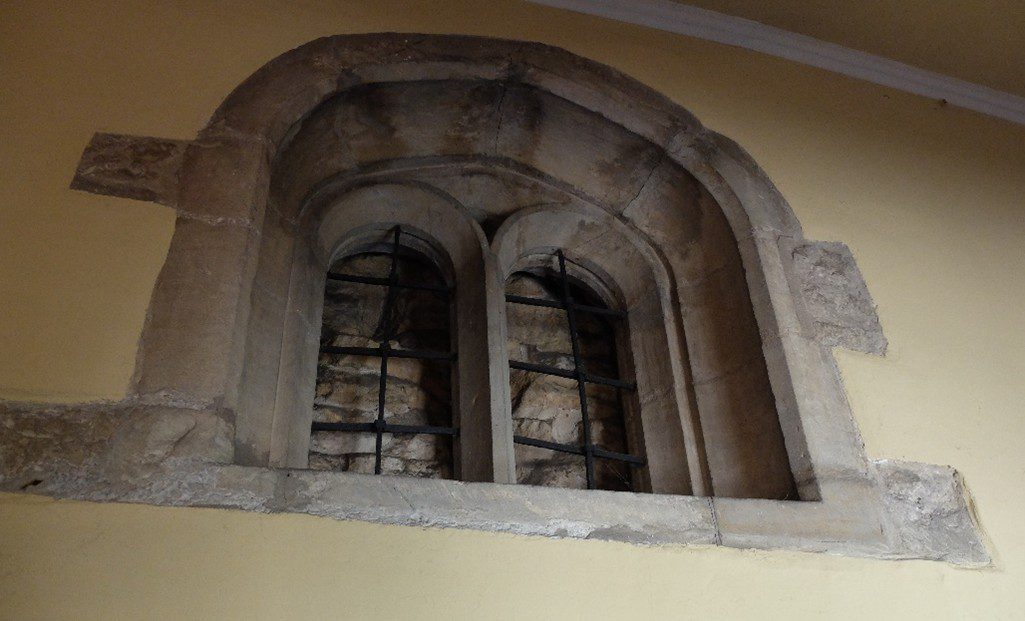
One of the early Medieval windows revealed during the renovations of Grantham House by the Sedgwick family (photo Peter Roworth)
In 1944, sisters Winifred and Marion Sedgewick, donated the house to the National Trust, however they would go on living there until the end of their lives. The sisters were regarded as formidable ladies; they were active supporters of the church and local schools. They also donated the large areas of green space known as Sedgewick Meadows to the Trust, which form part of the riverside walk to Wyndham Park.
Following the transfer of Grantham House to the National Trust, it remained as a largely private residence for over 70 years. The final tenants were James and Penelope Herdman, who lived in the house from 2006 to 2019, and allowed the public to visit the house by appointment.
In 2019, St Wulfram’s Church partnered with the National Trust to use the house for public events and activities, throwing open its doors to the public on a regular basis for the first time. The House hosted the Parish Office and the Choir School, as well as numerous community events.
With the team at St Wulfram’s Church remaining active partners, in 2024 The National Trust decided to open the house as a community hub. Working in a way which is unique for the Trust, the beautiful site has been opened for free for all to enjoy. Its five acres of garden are the perfect oasis within the town centre; an amazing place to take a picnic, browse the second handbook shop, and or enjoy a National Trust Cream Tea.
Soon meeting rooms and events space will be available to hire, for businesses and community groups.
Work to make the property available to all was supported by a grant from South Kesteven District Council, through the South Kesteven Prosperity Fund, as part of the HM Government funded UK Shared Prosperity Fund Programme.
To plan your visit to the beautiful Grantham House, go online:
https://www.nationaltrust.org.uk/visit/nottinghamshire-lincolnshire/grantham-house
https://www.tiktok.com/@discoversk/video/7529958247114083606
